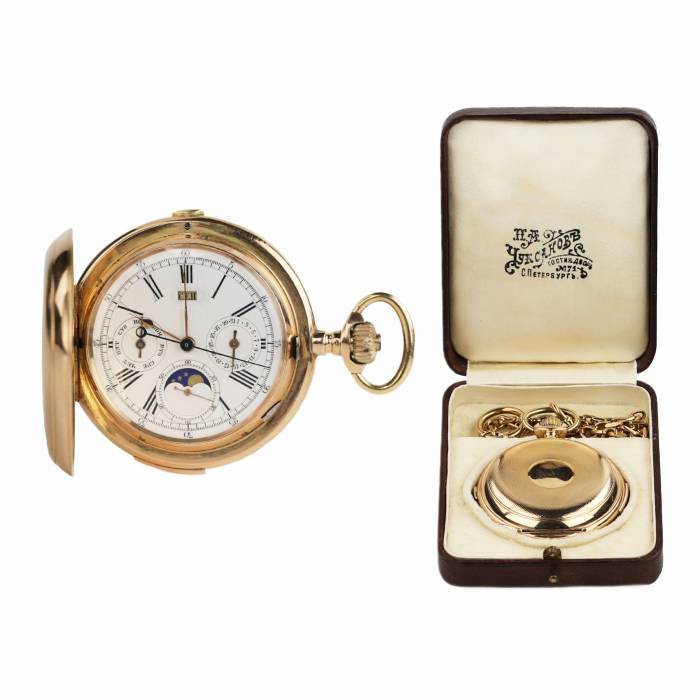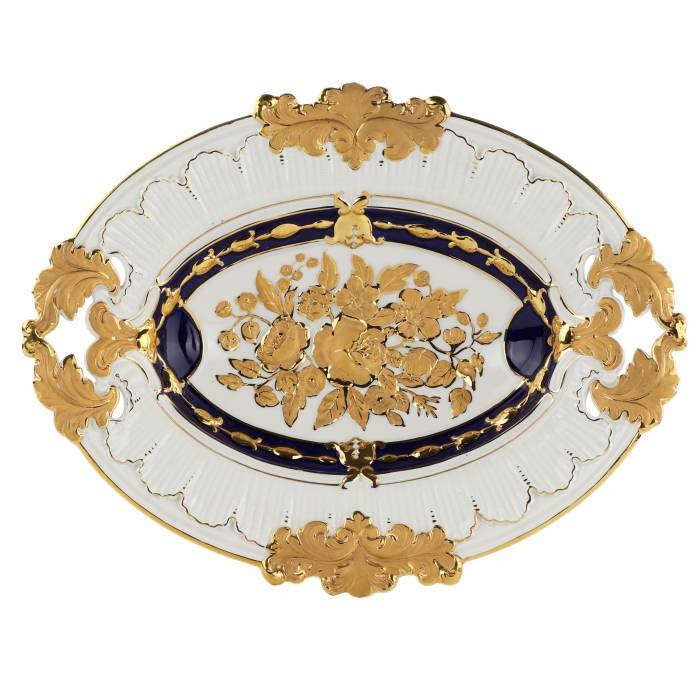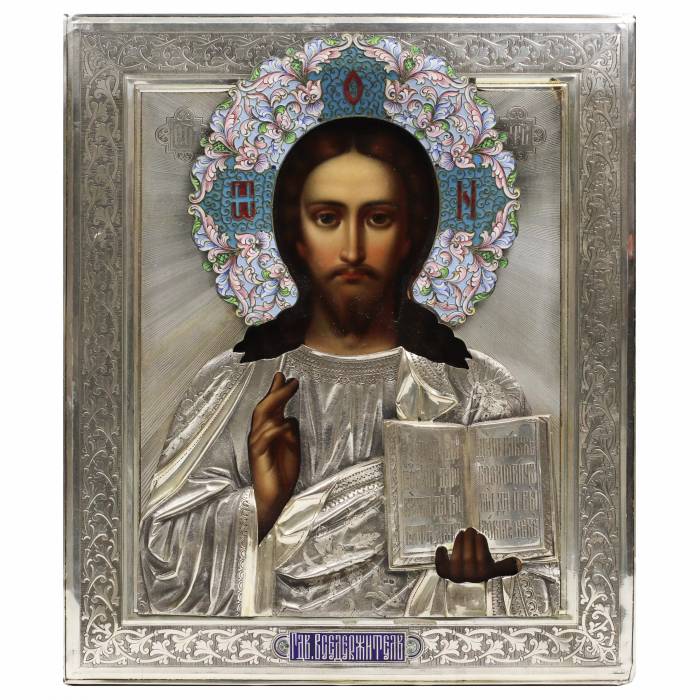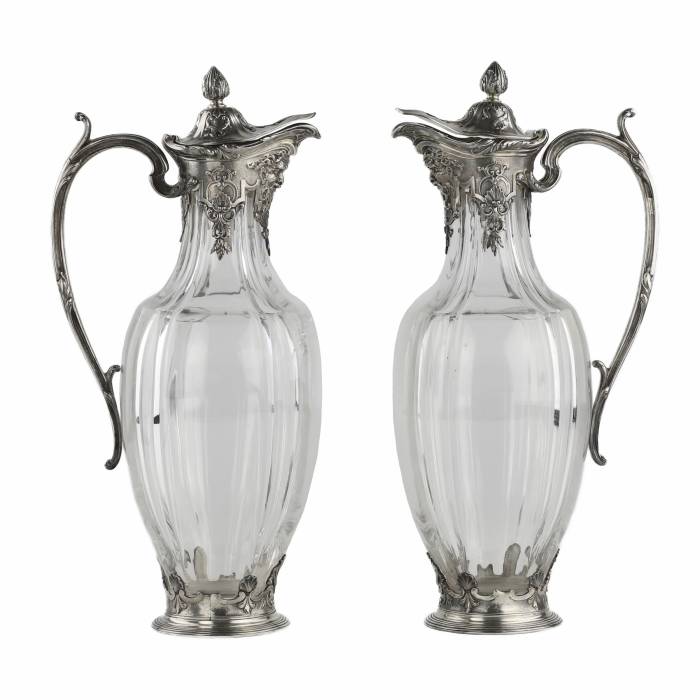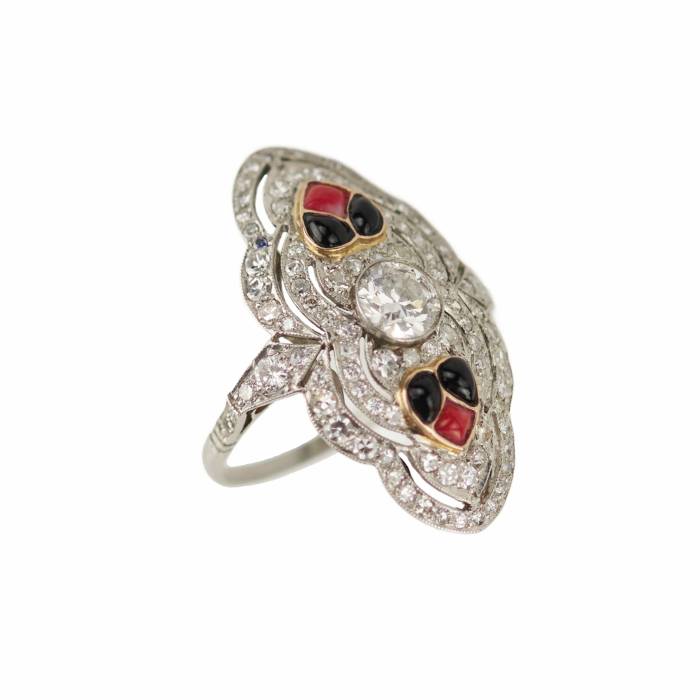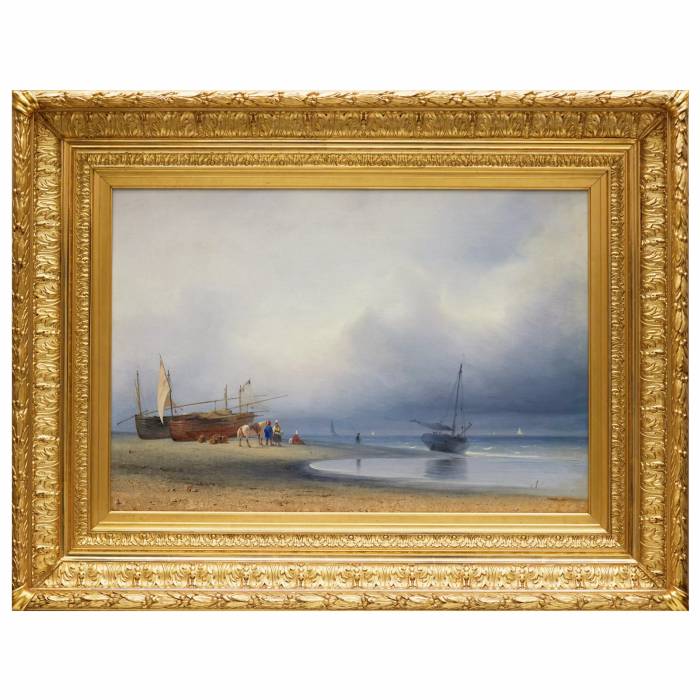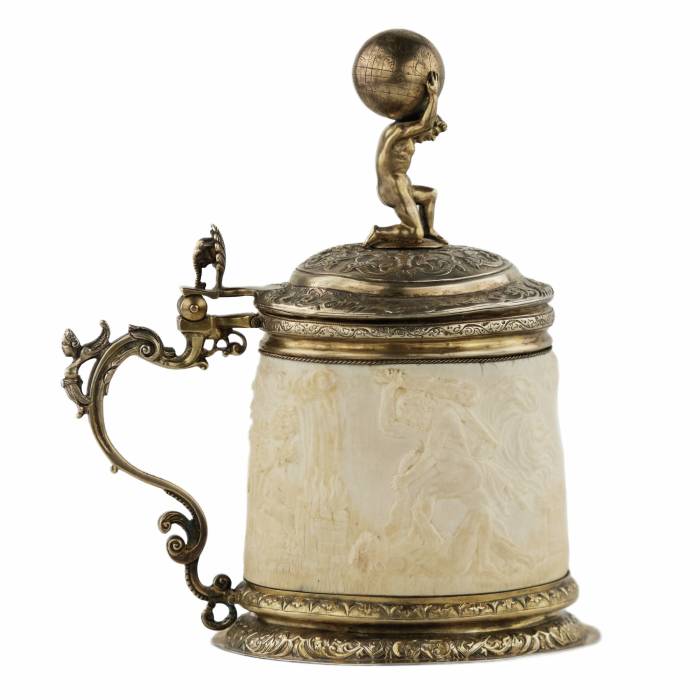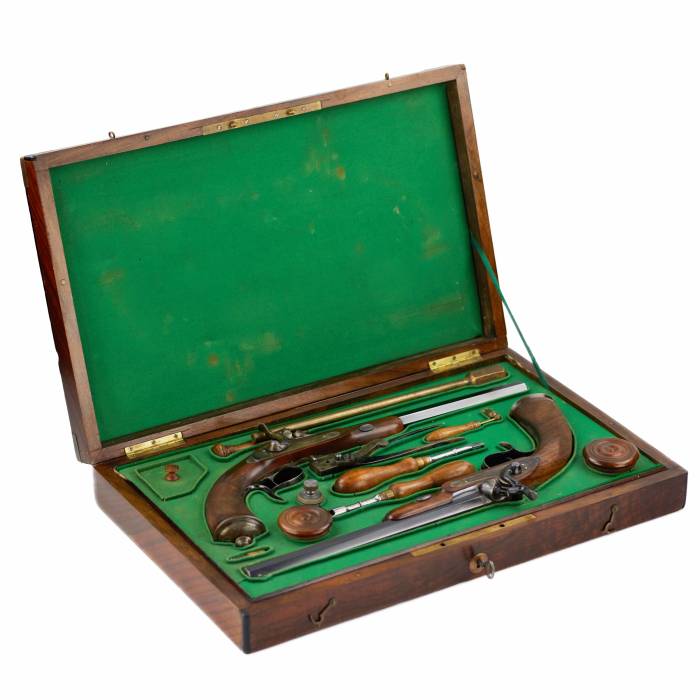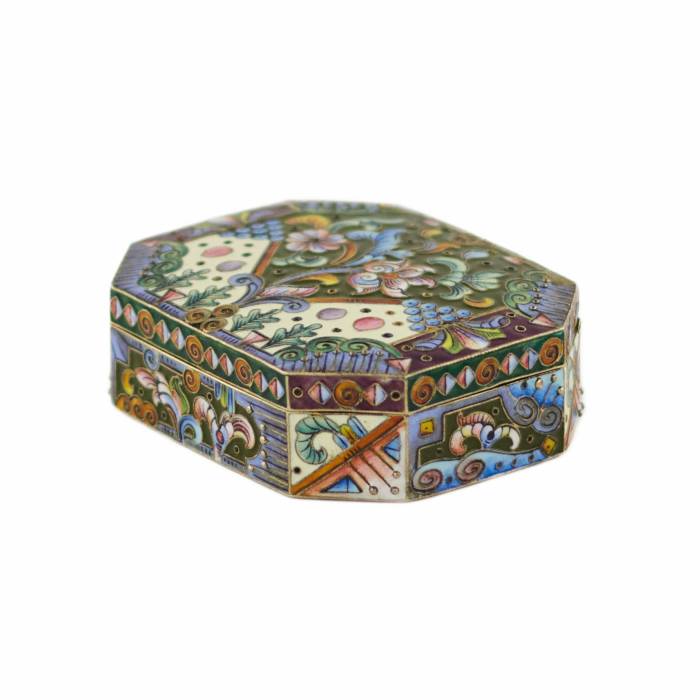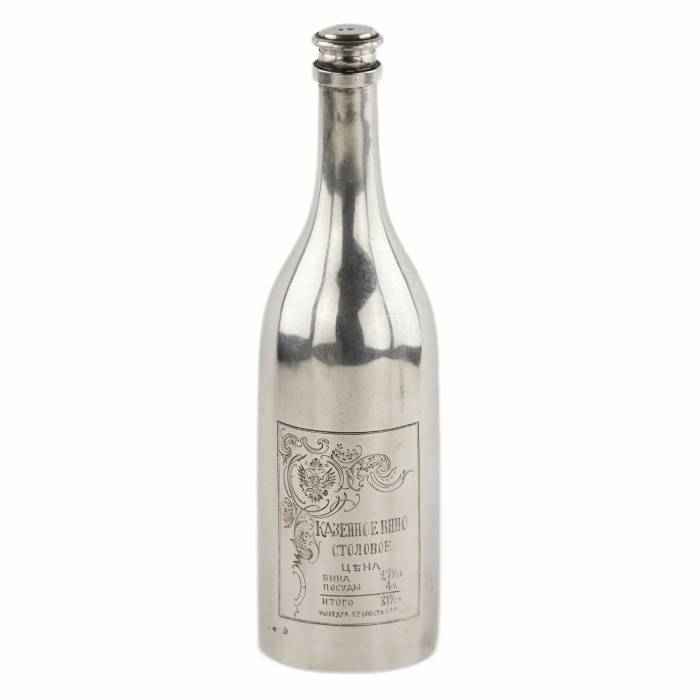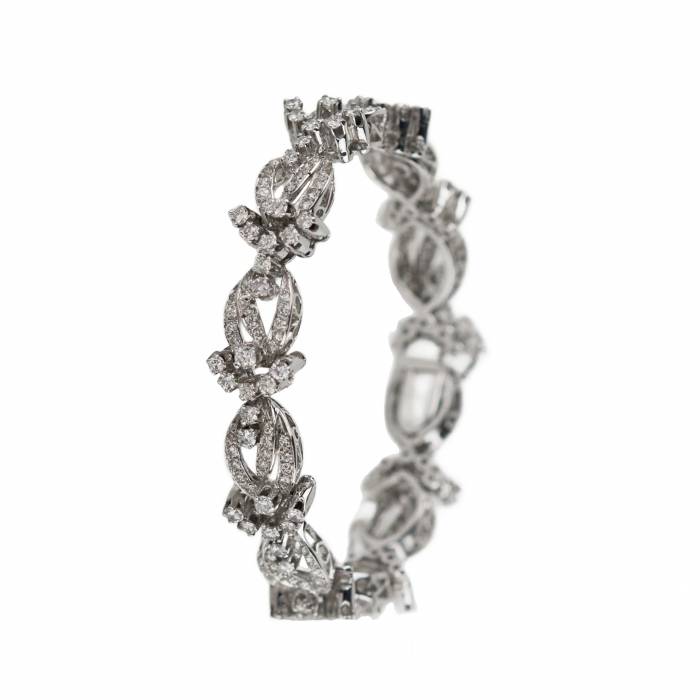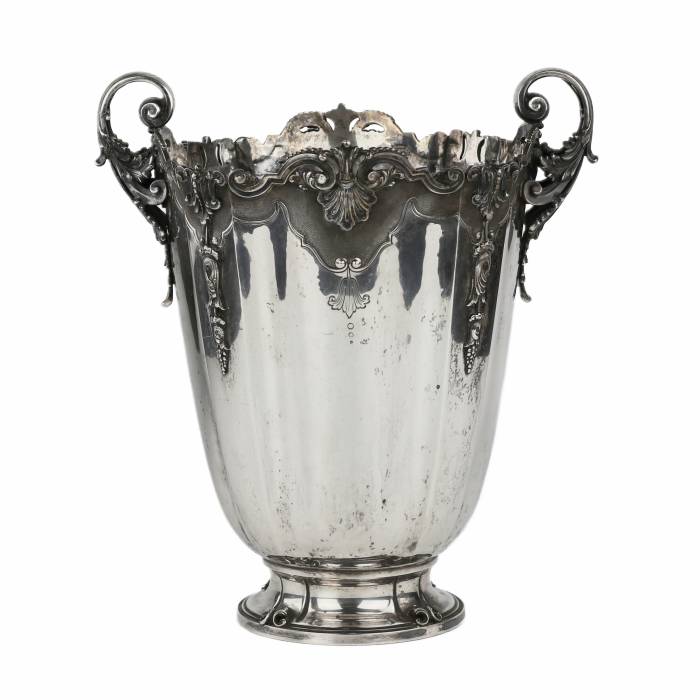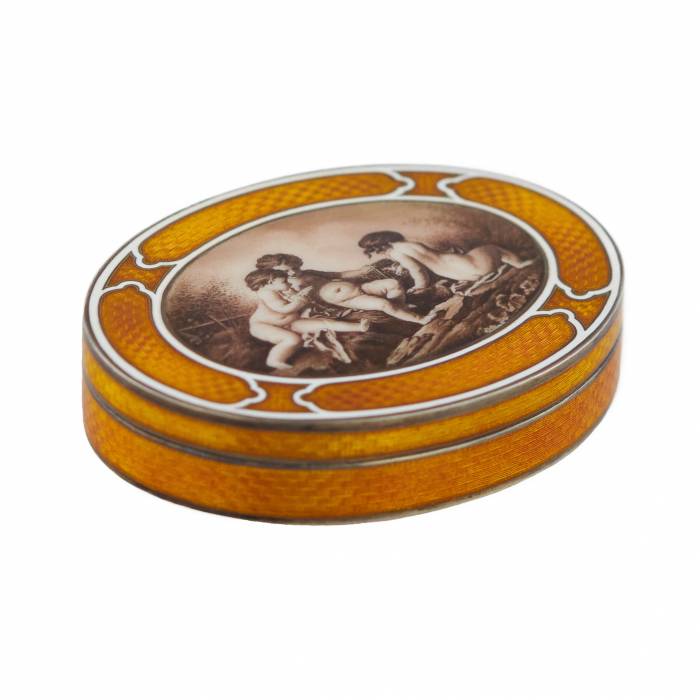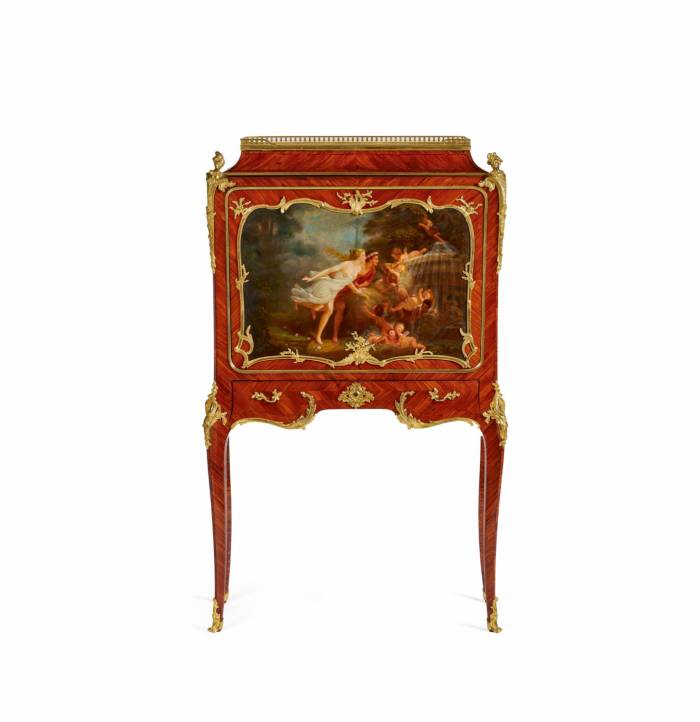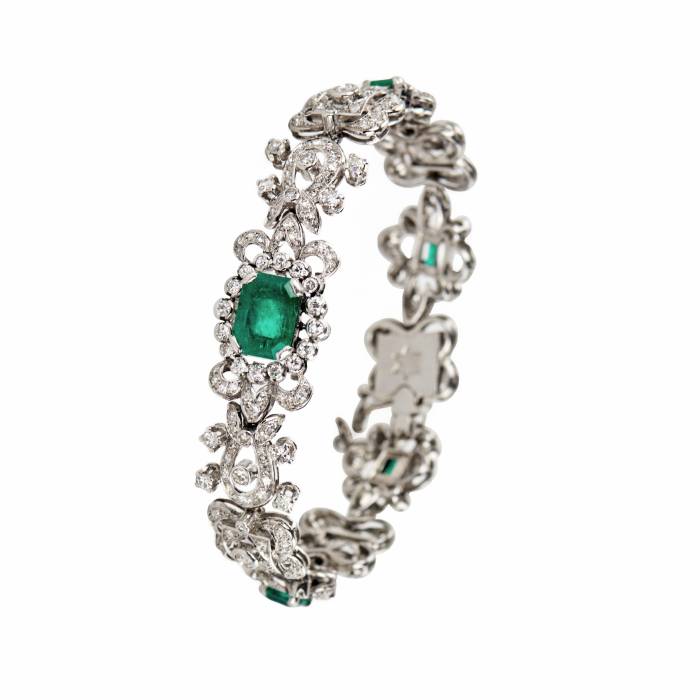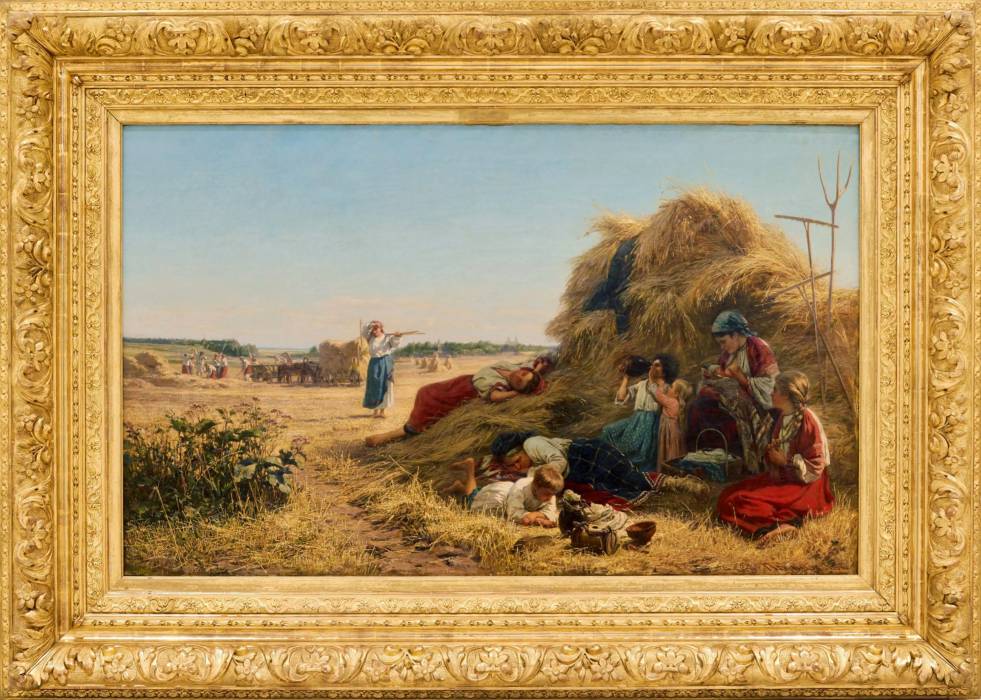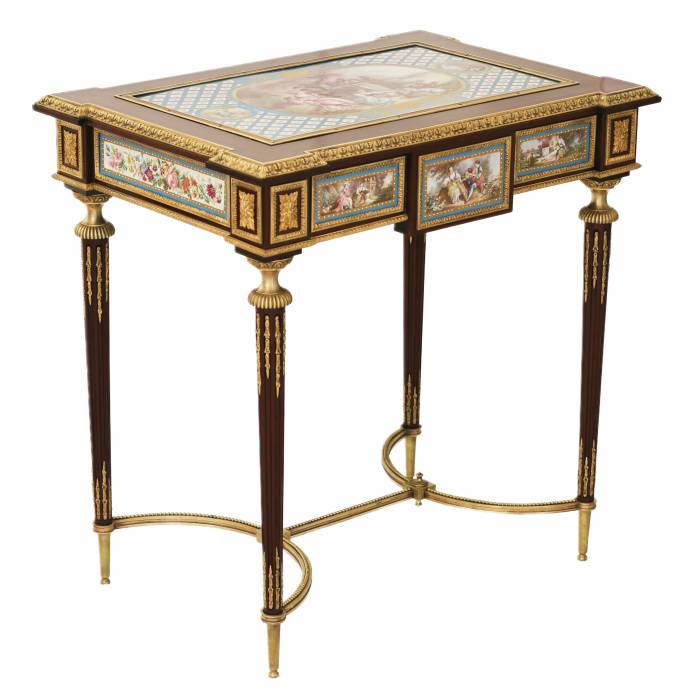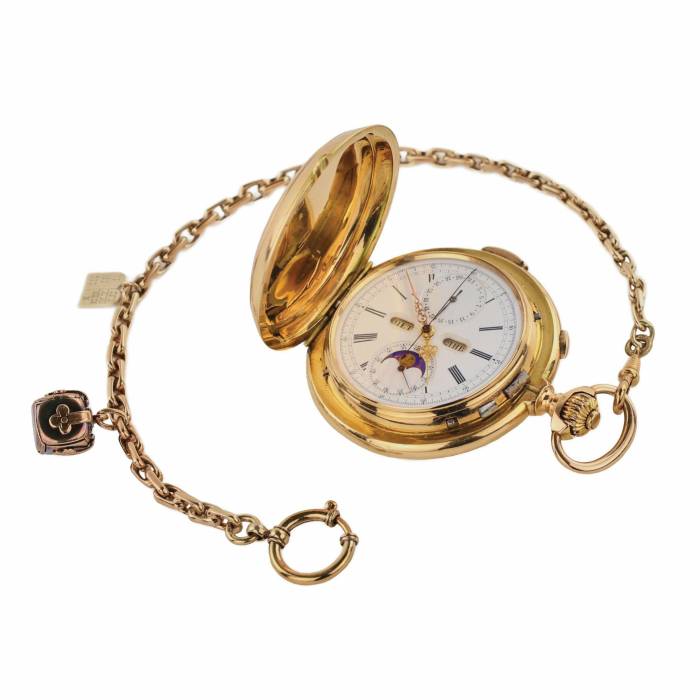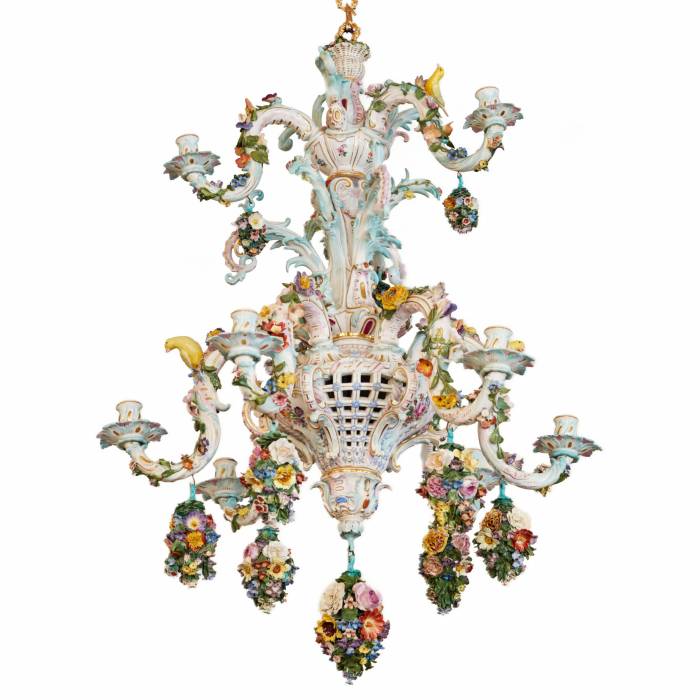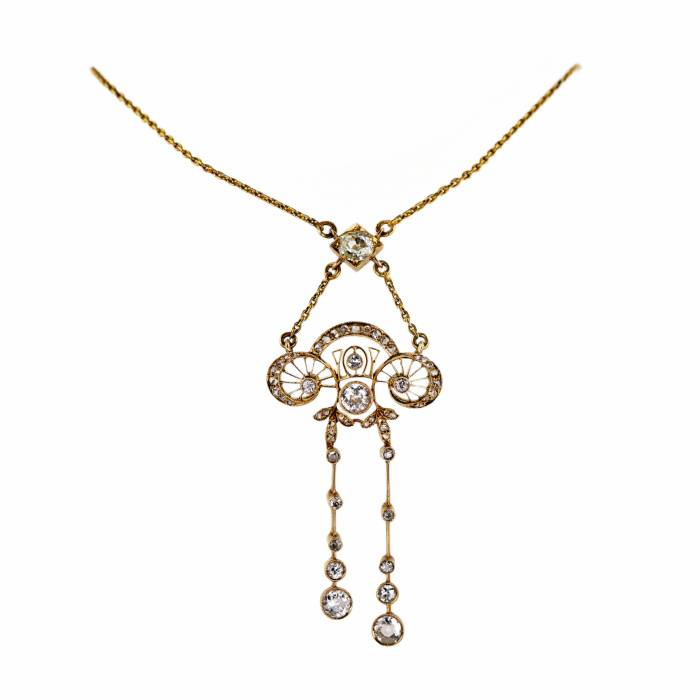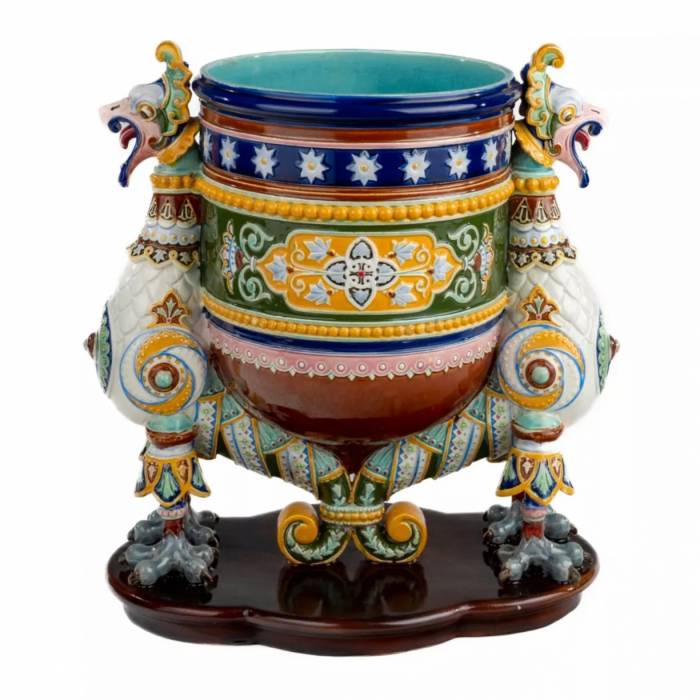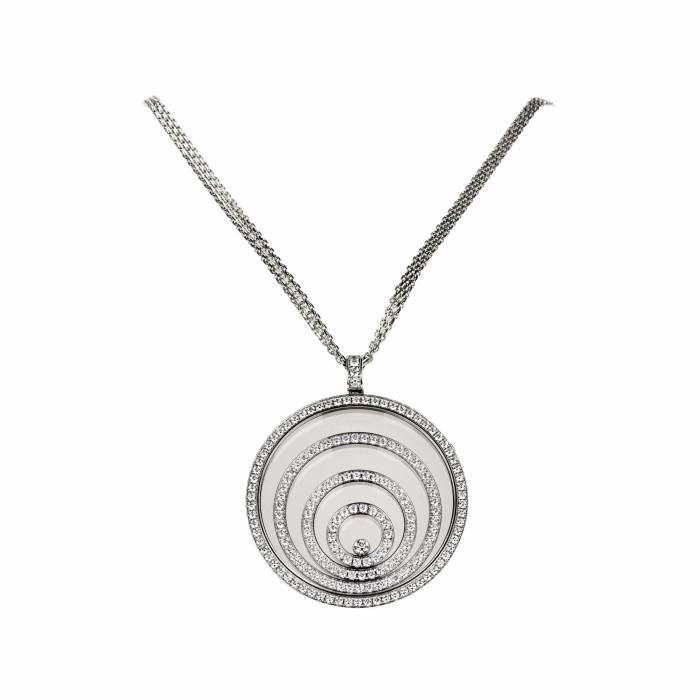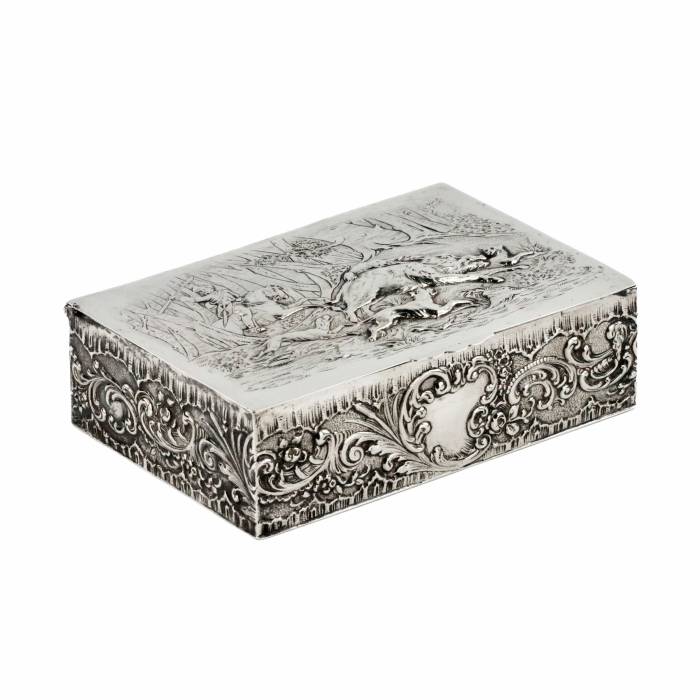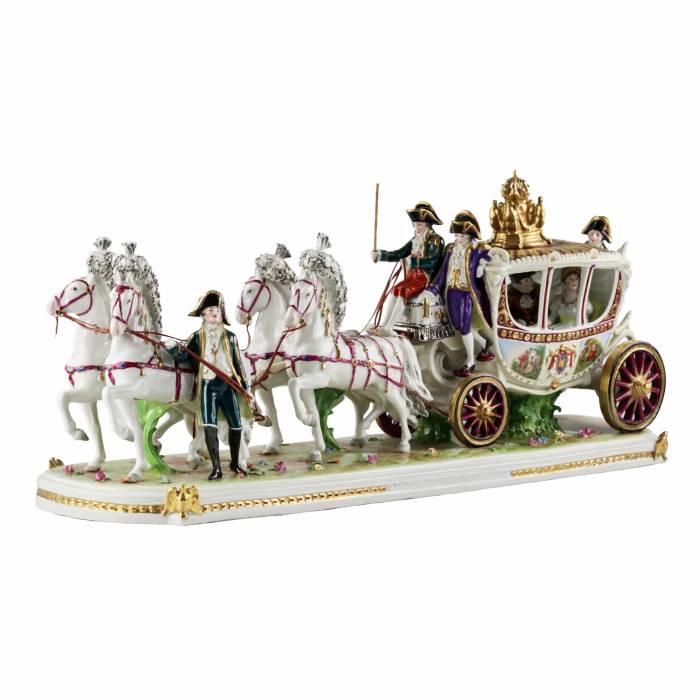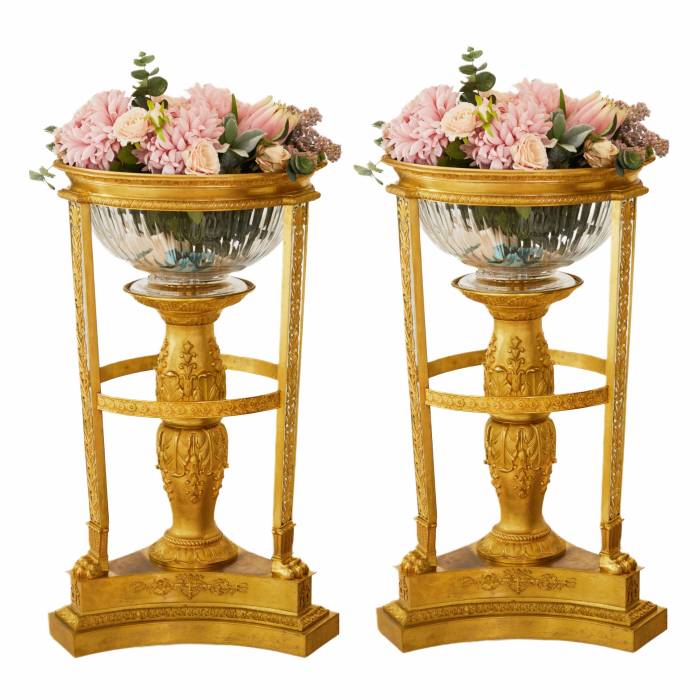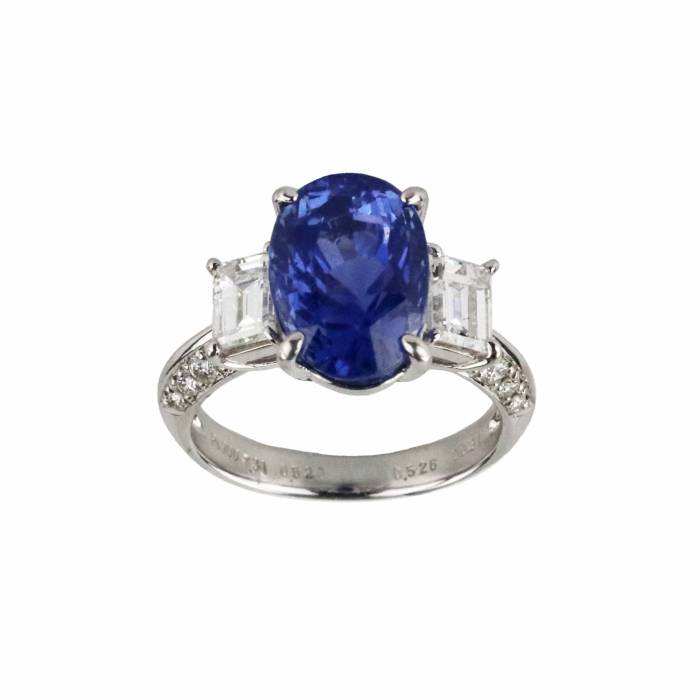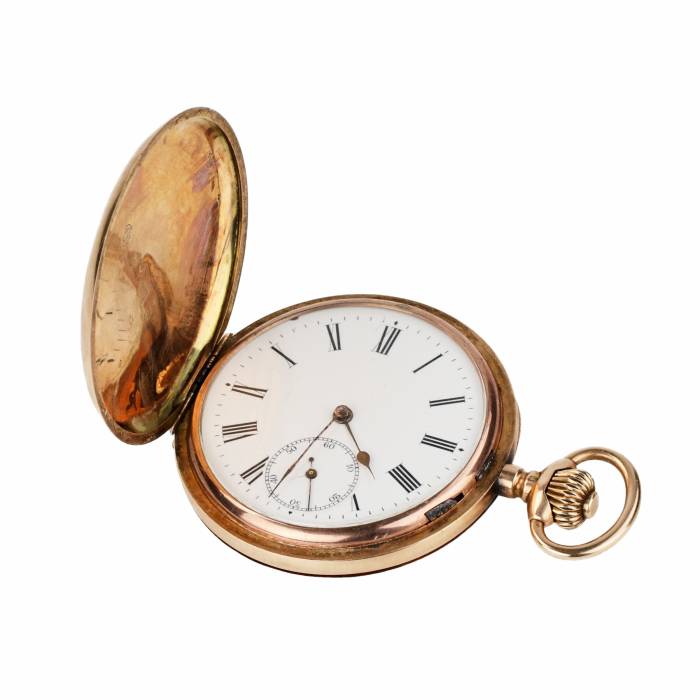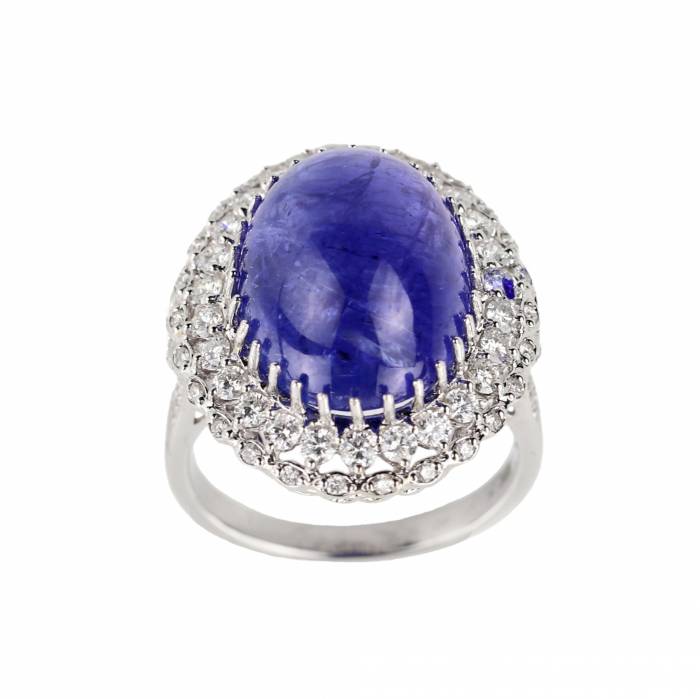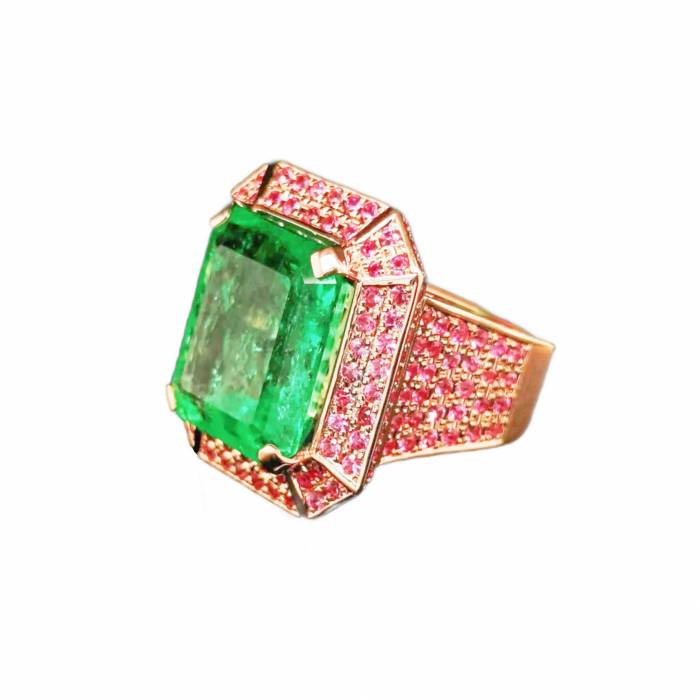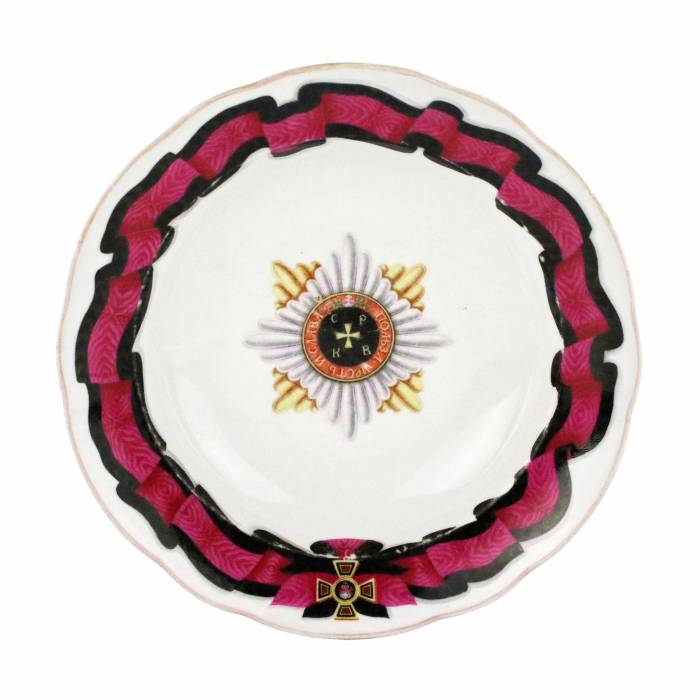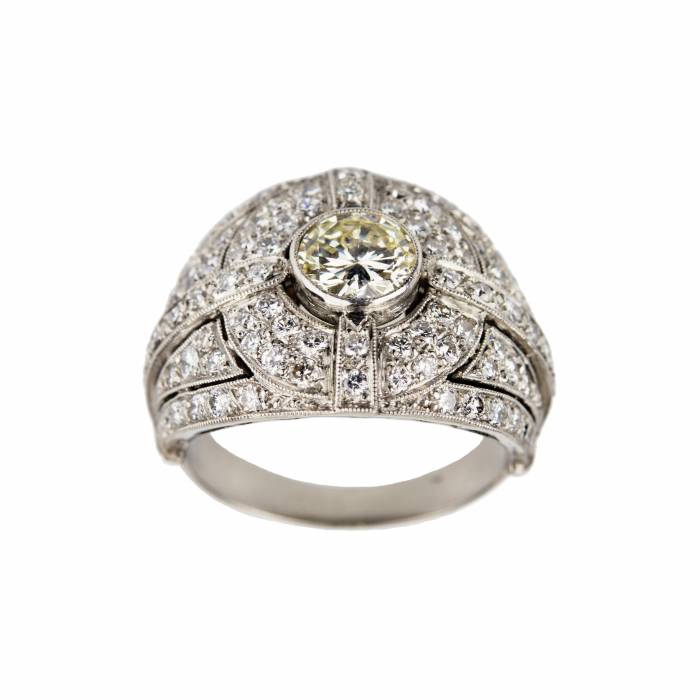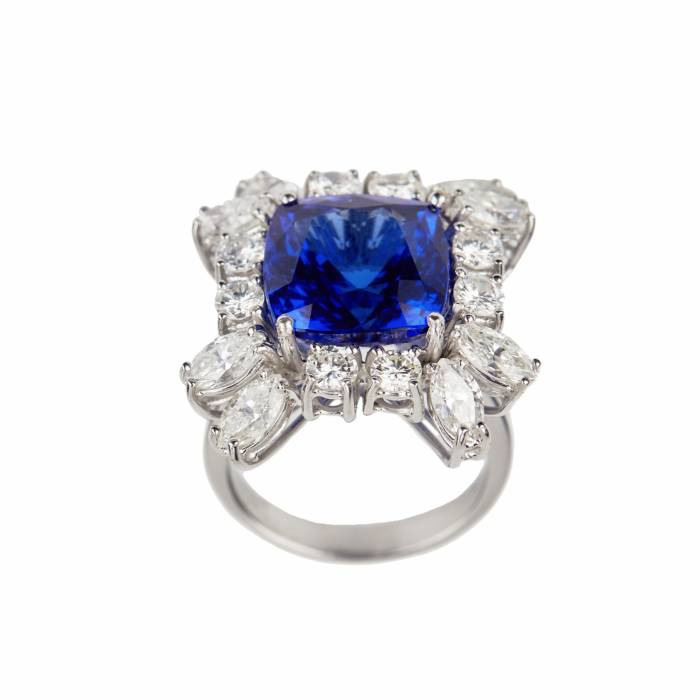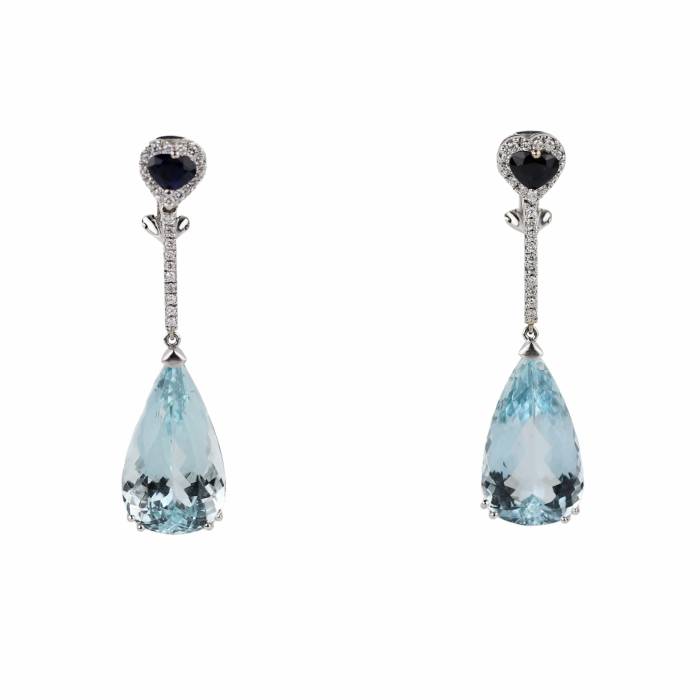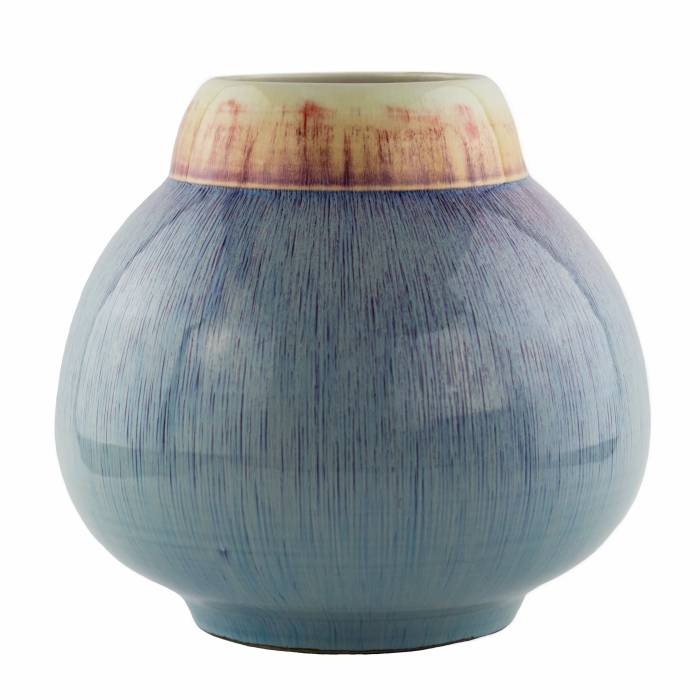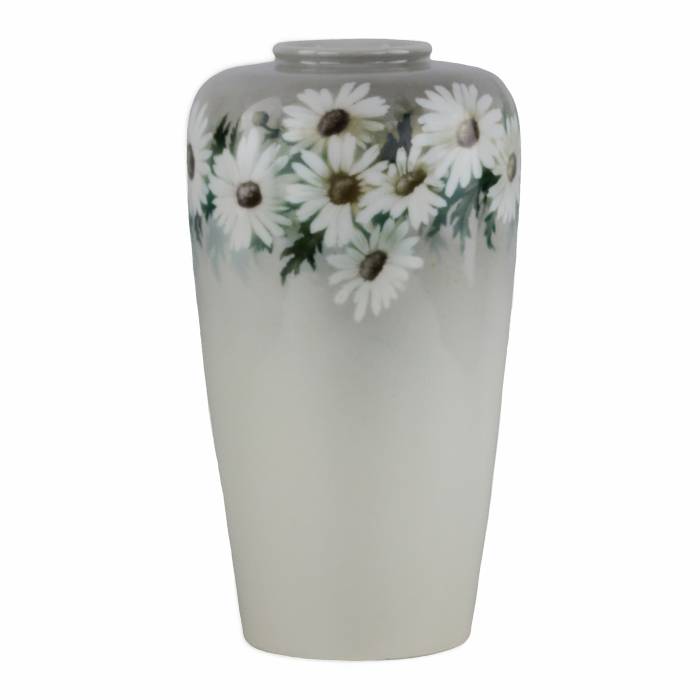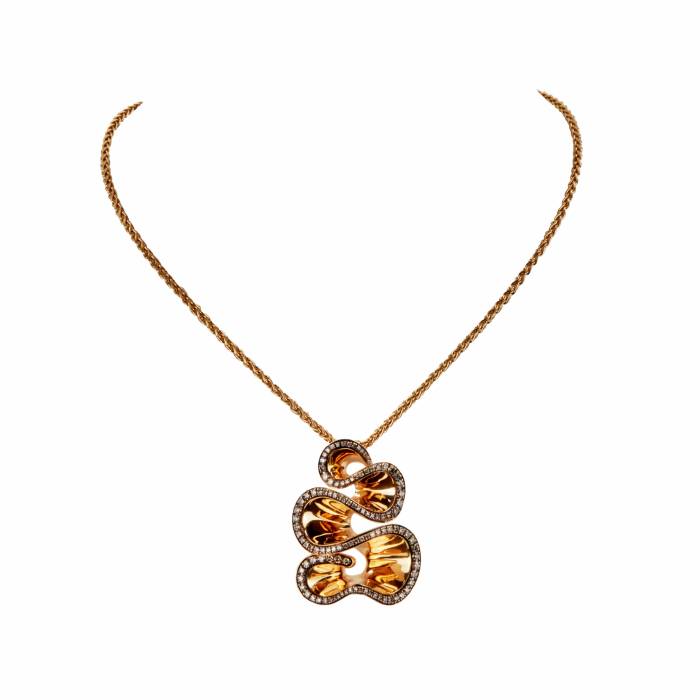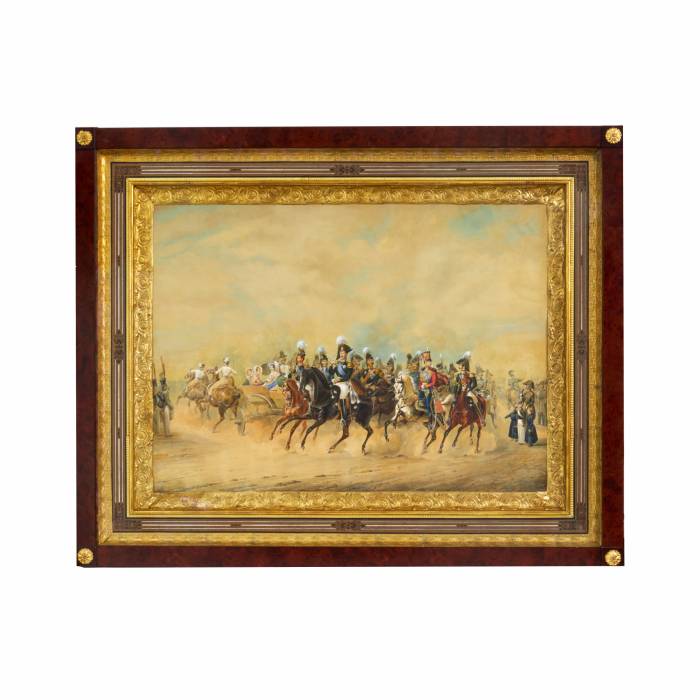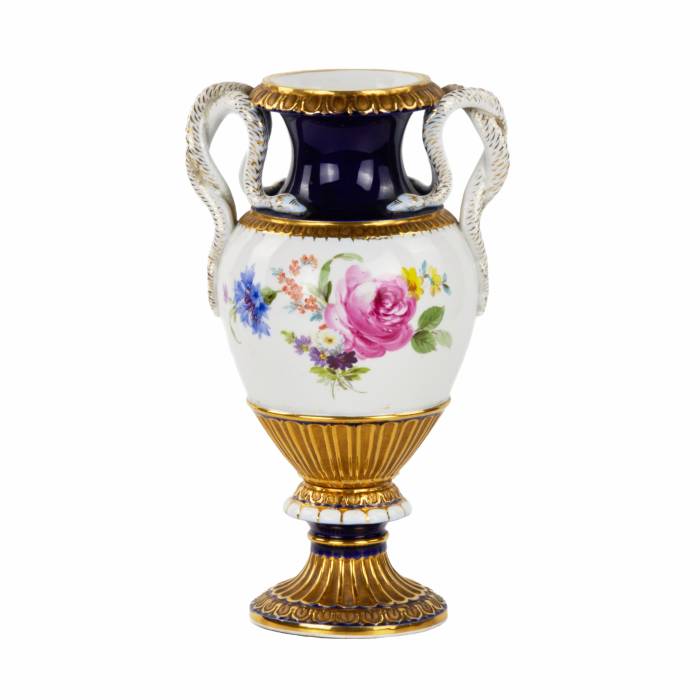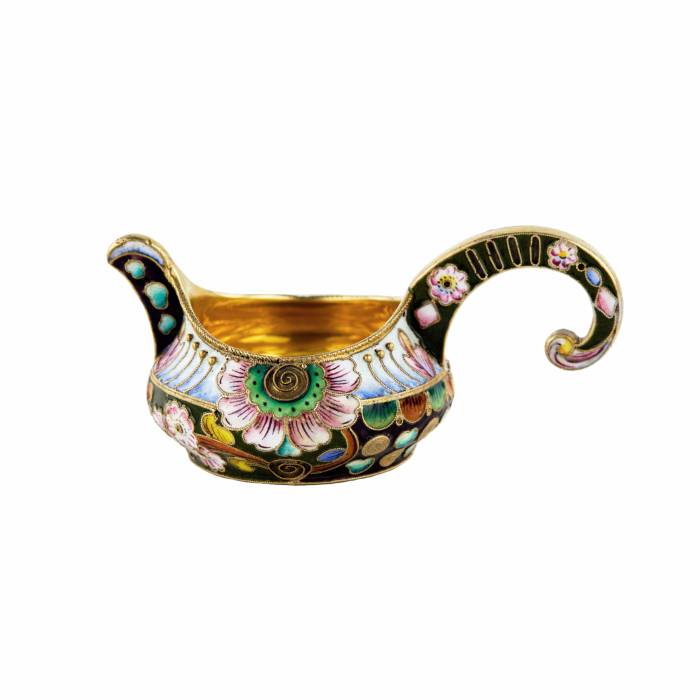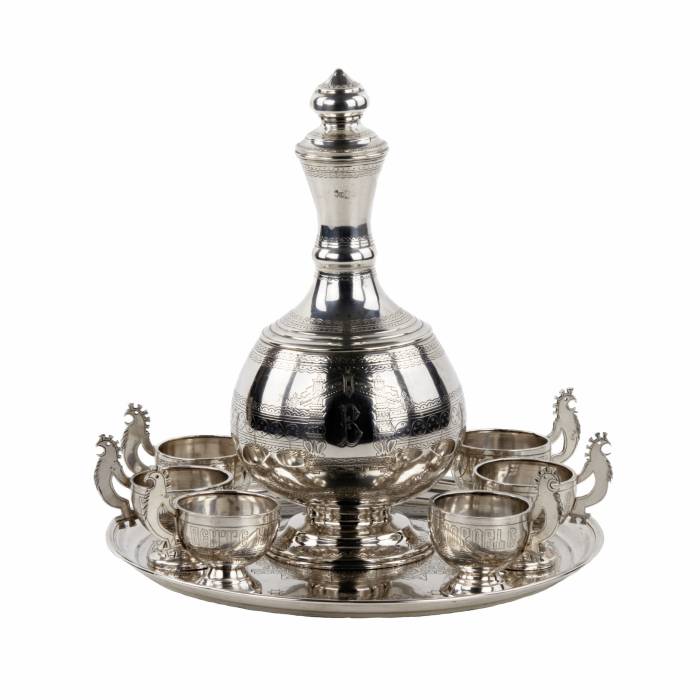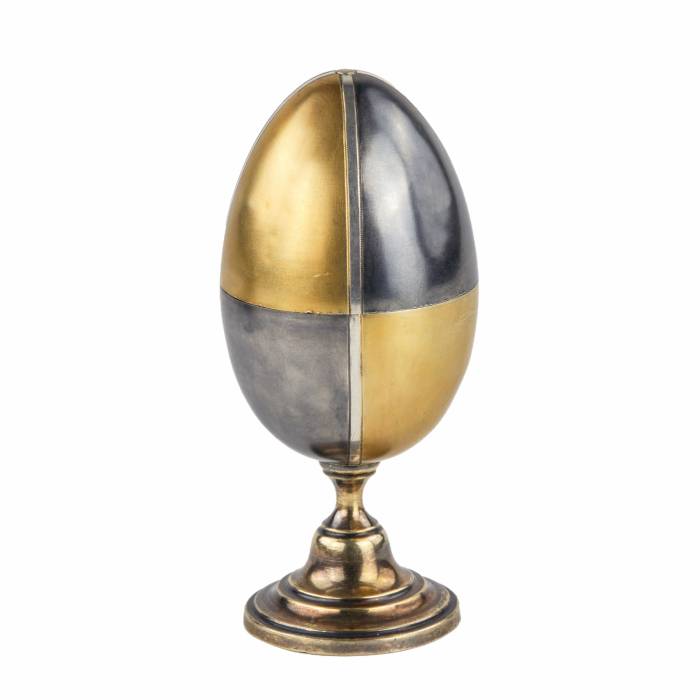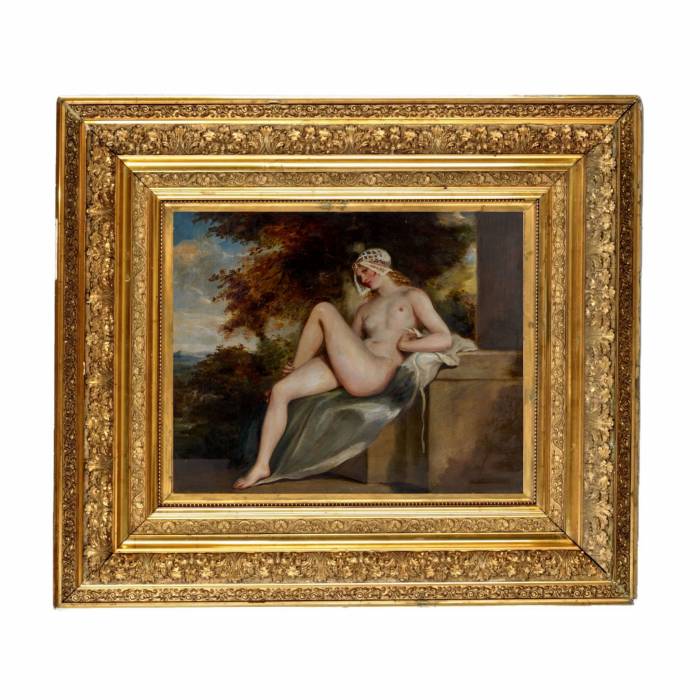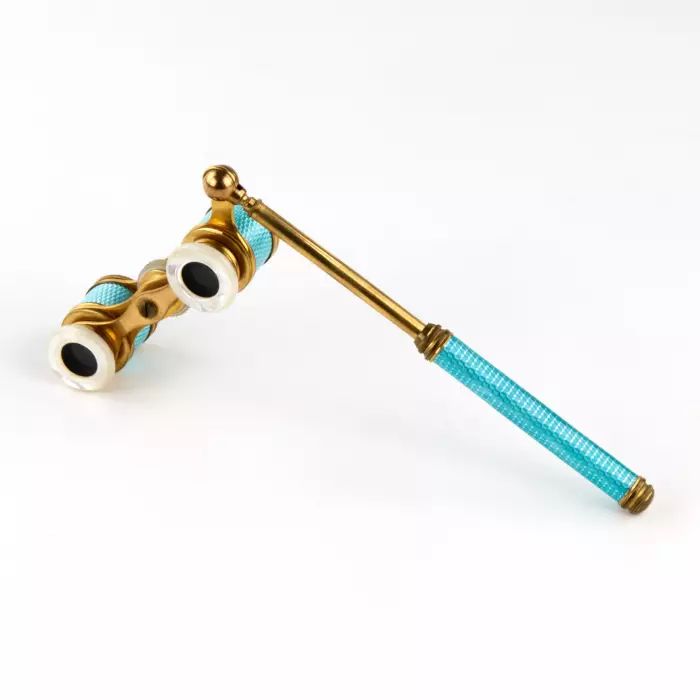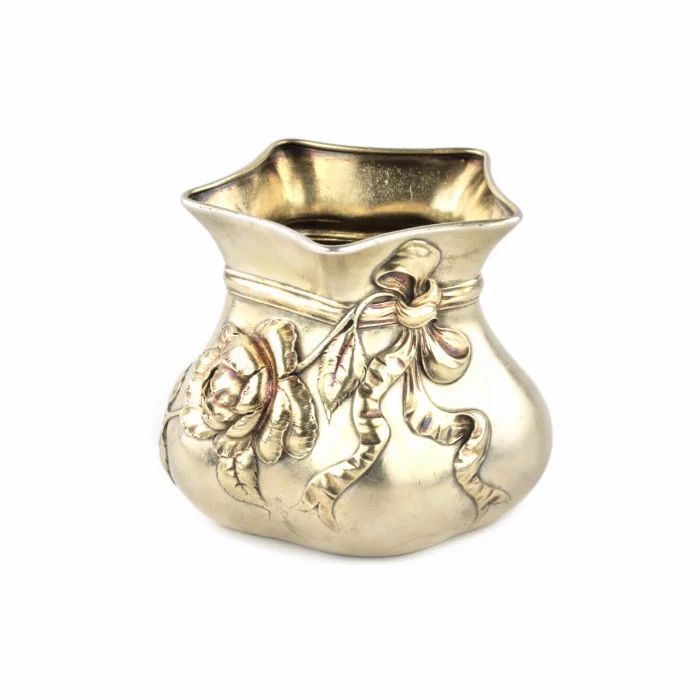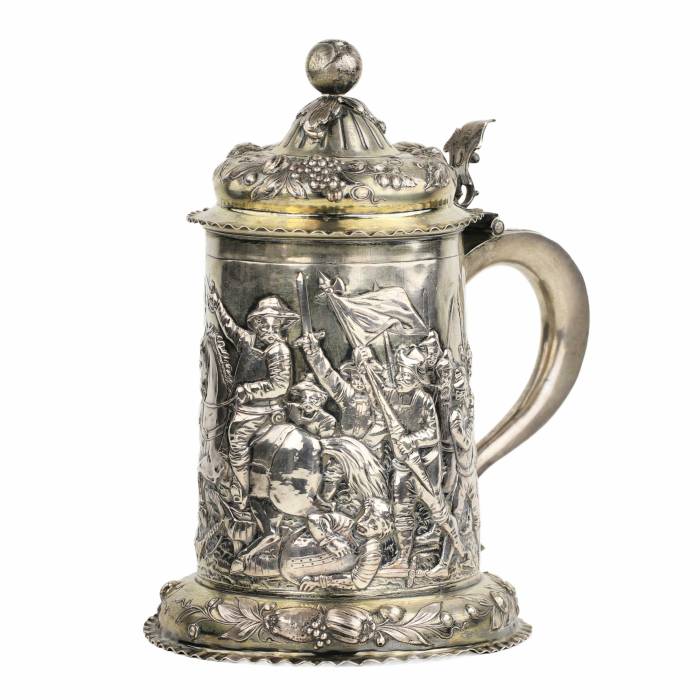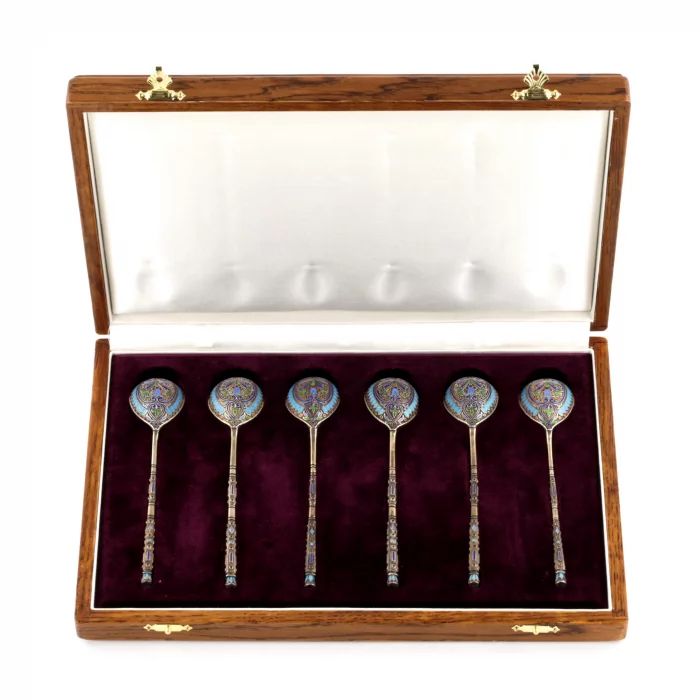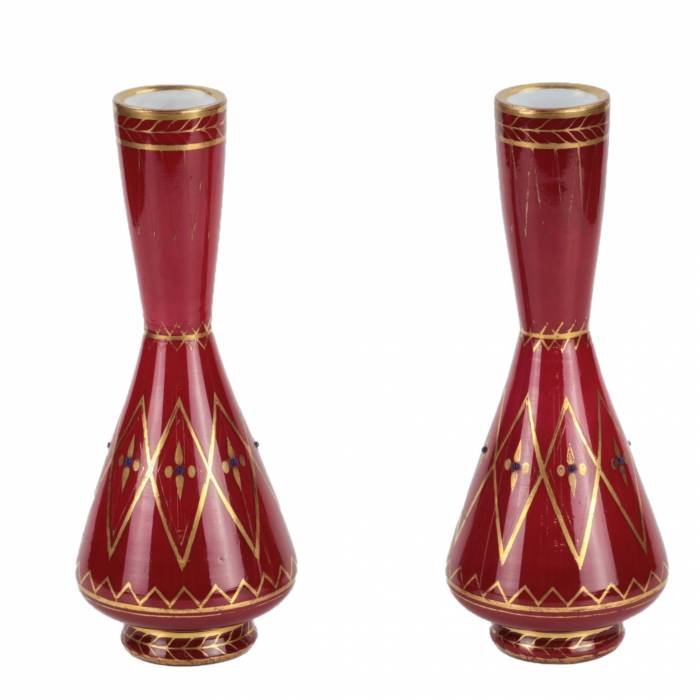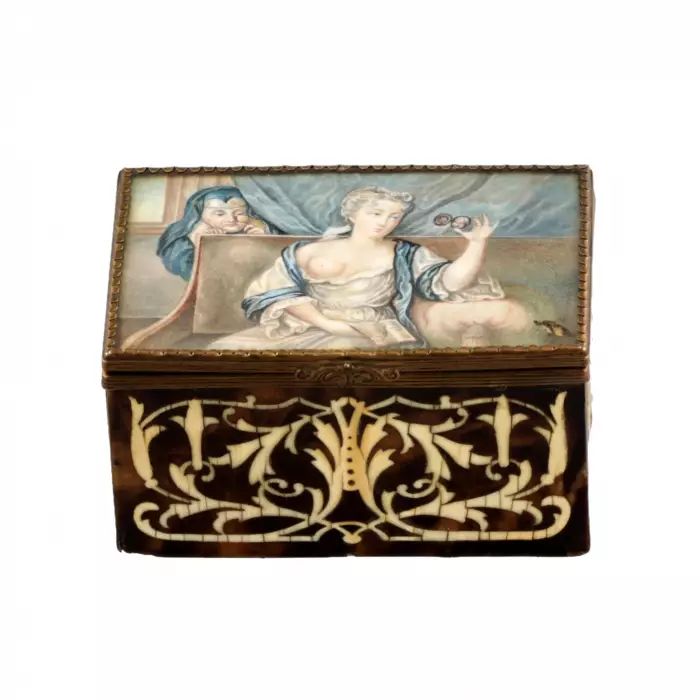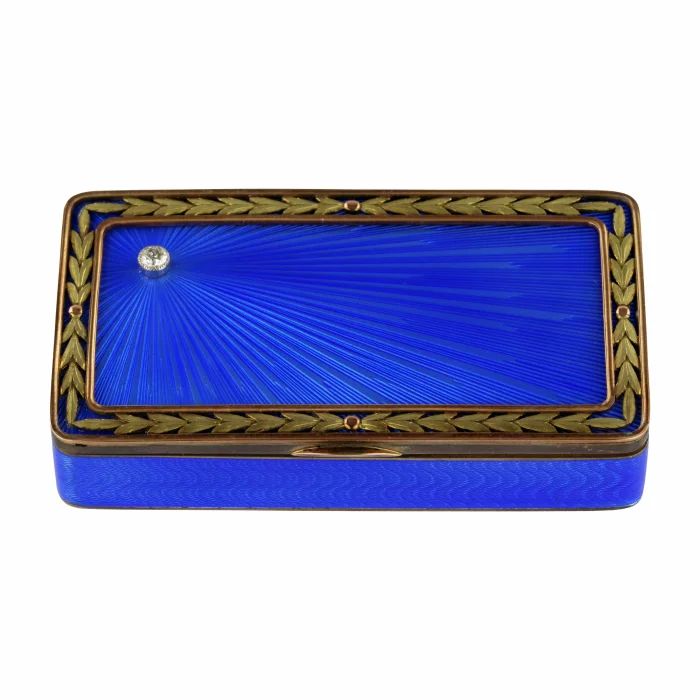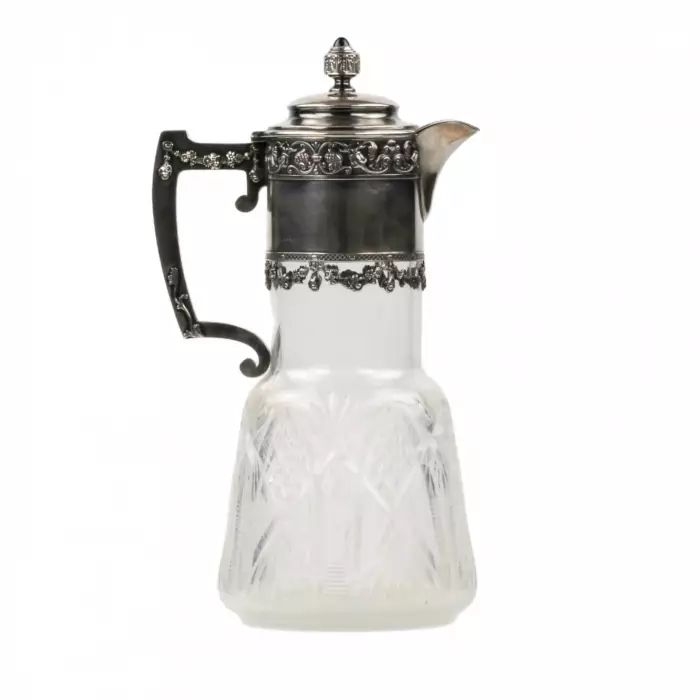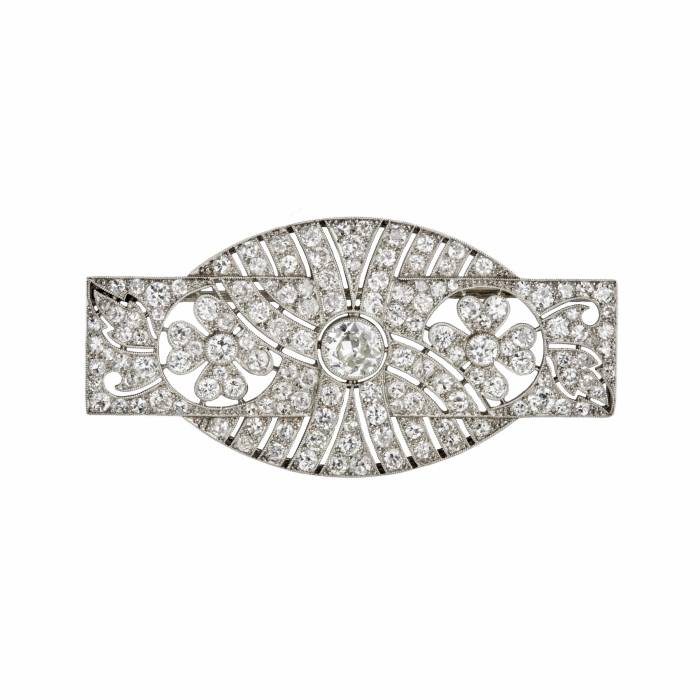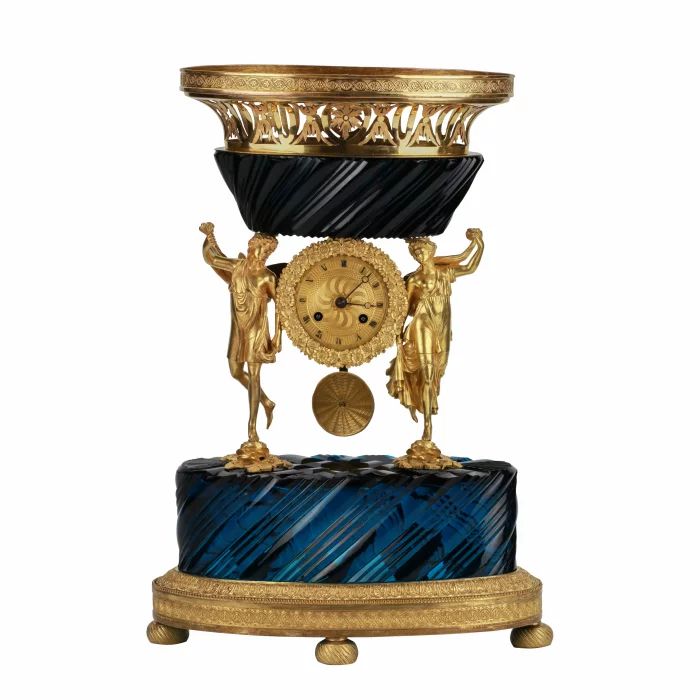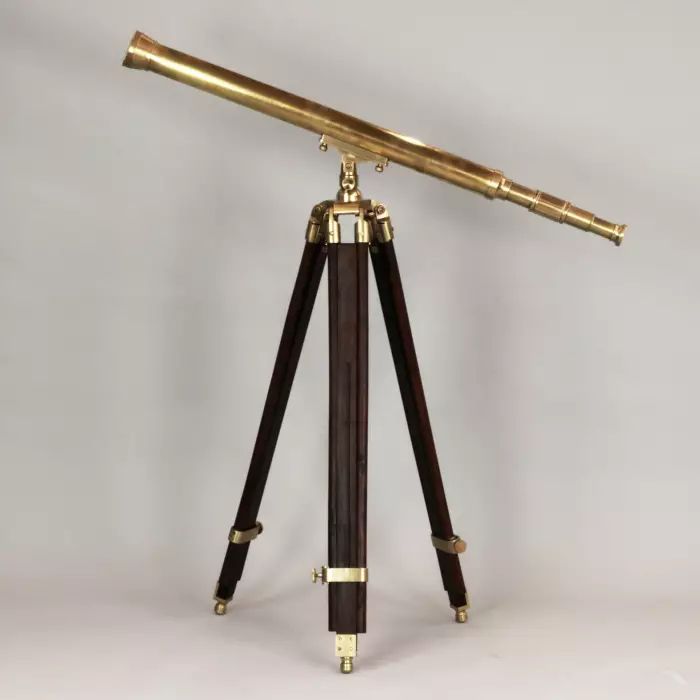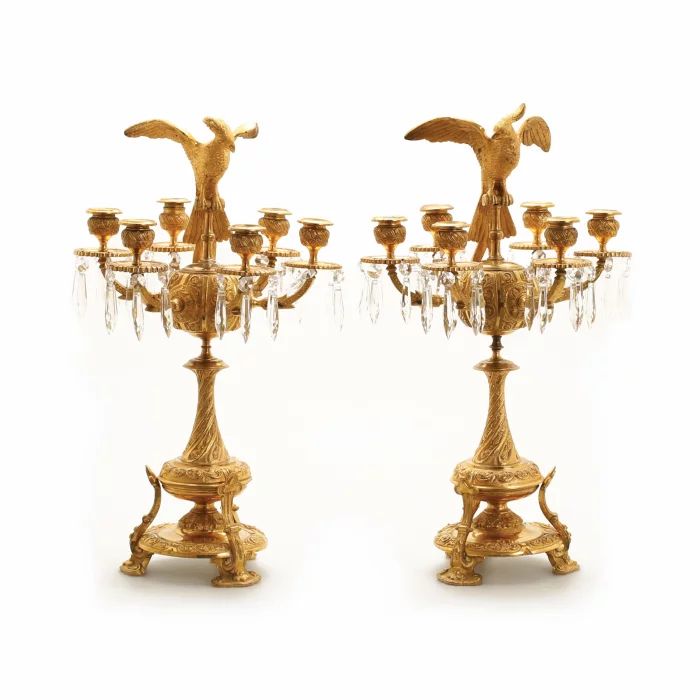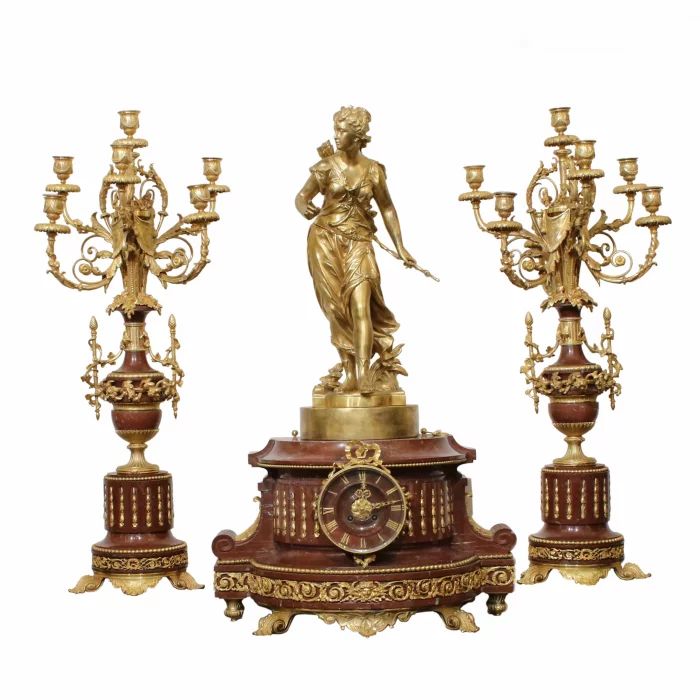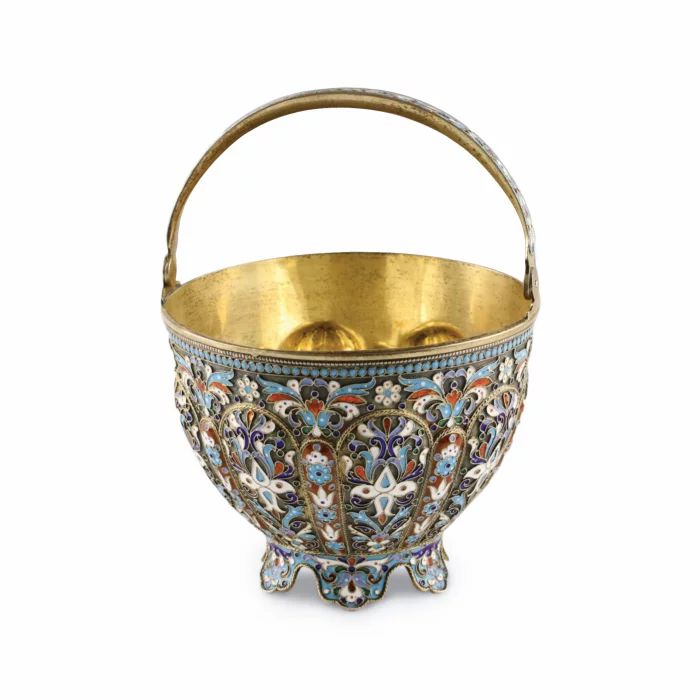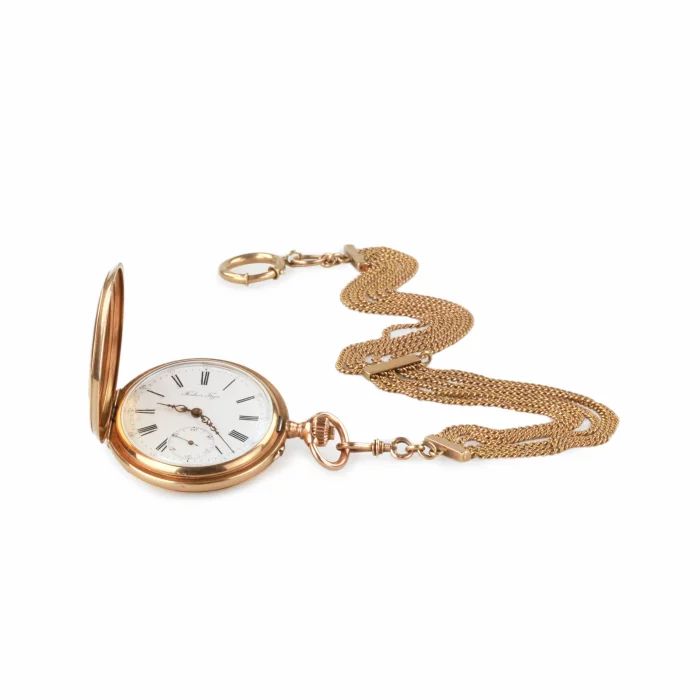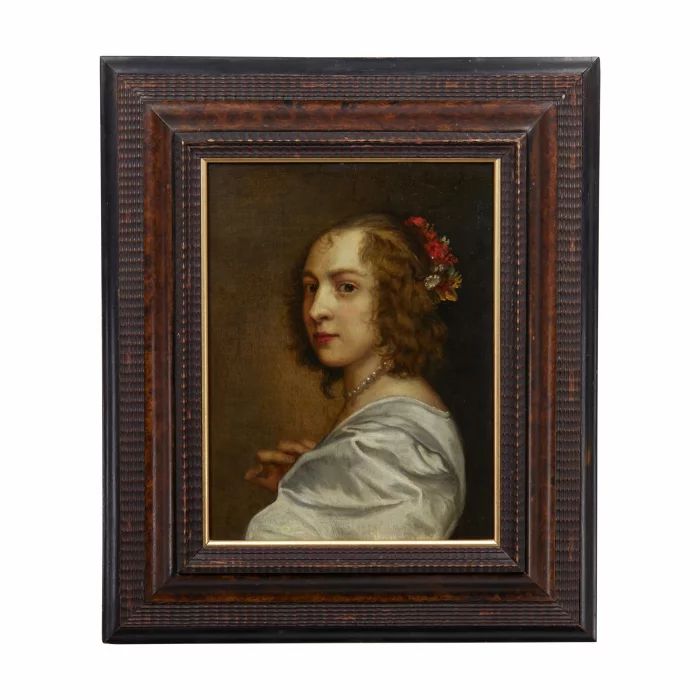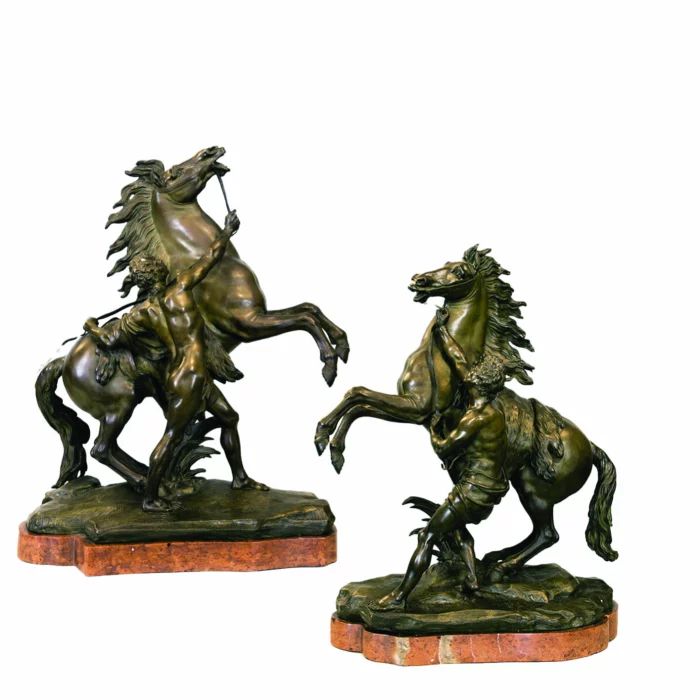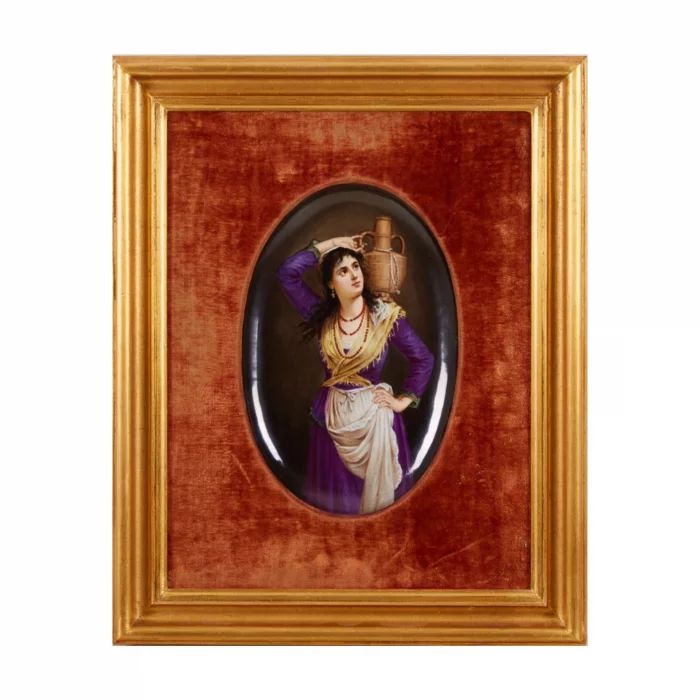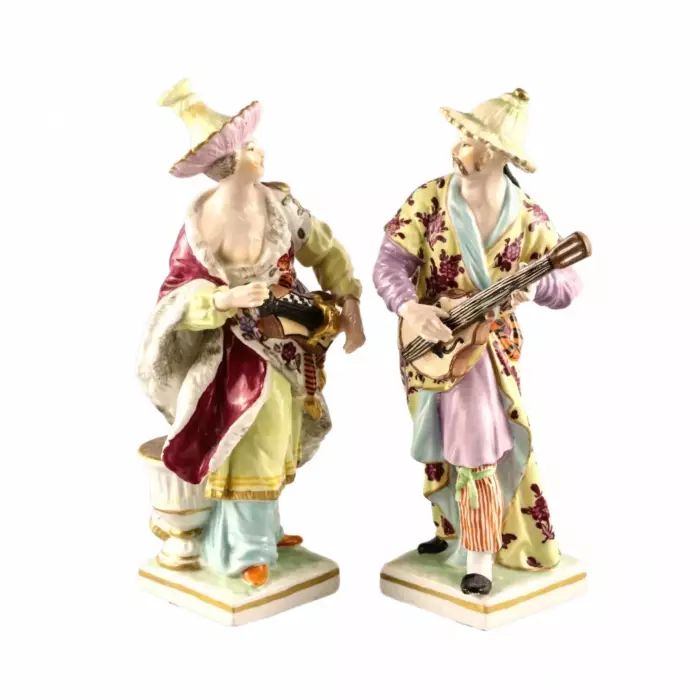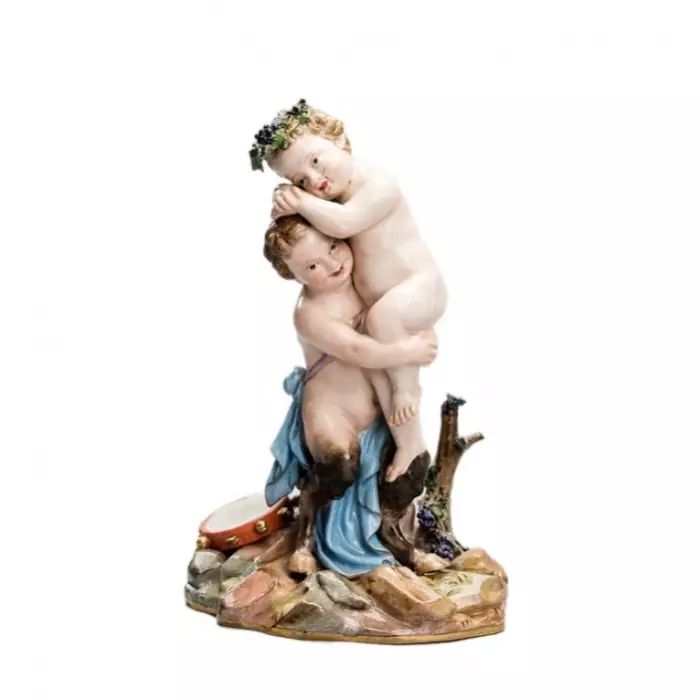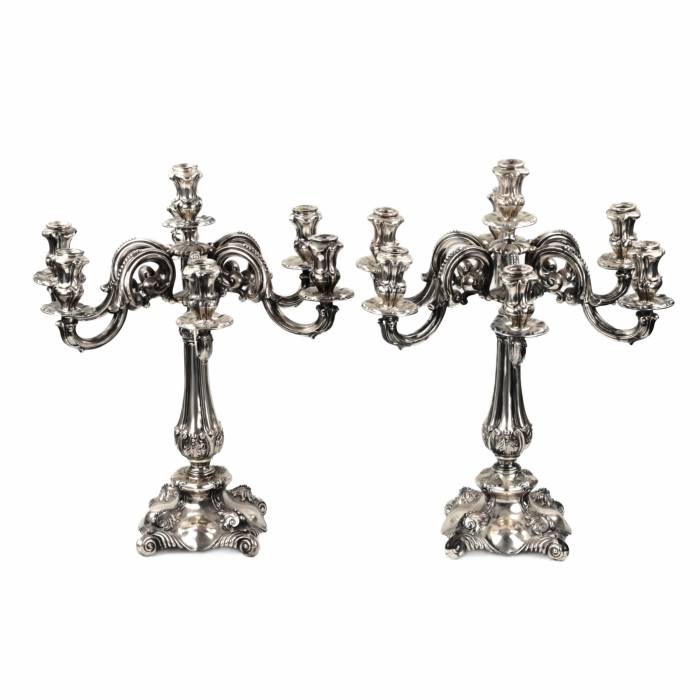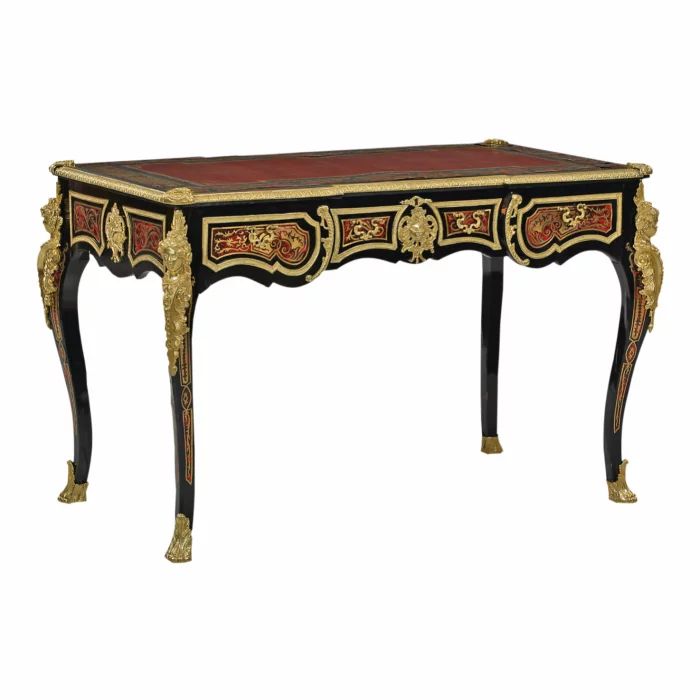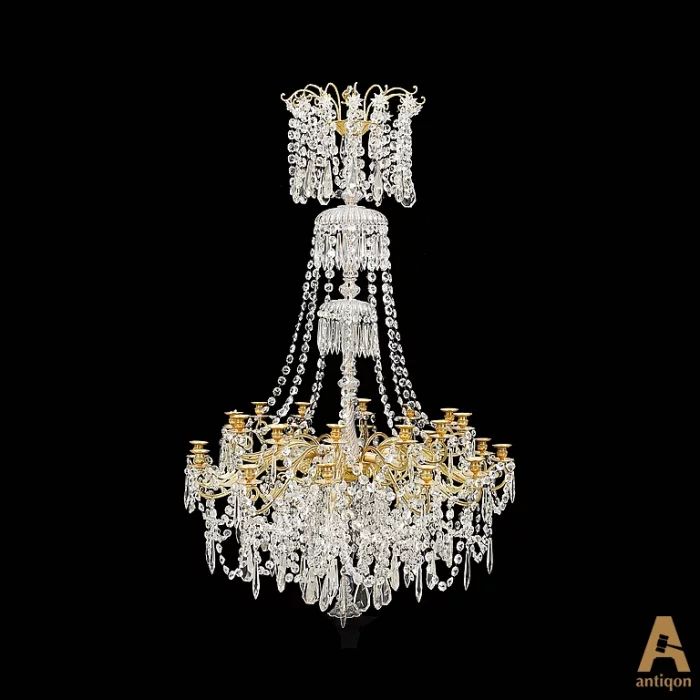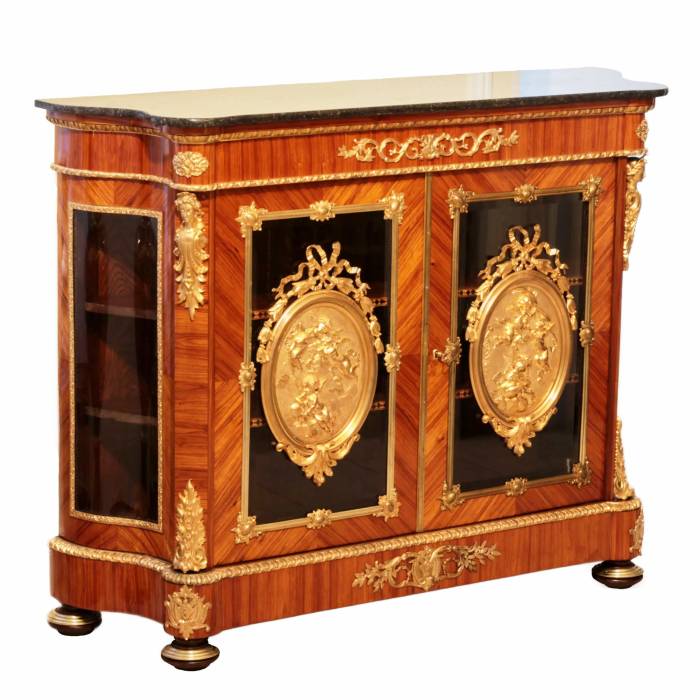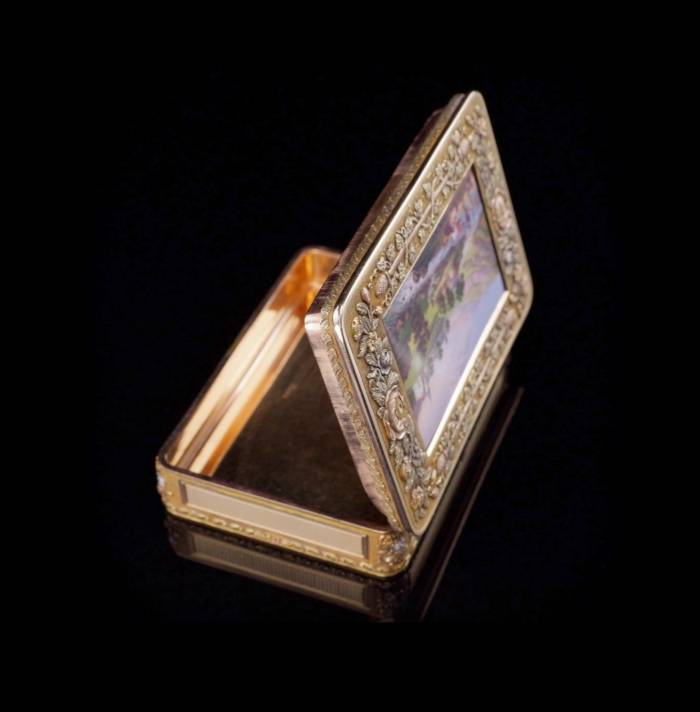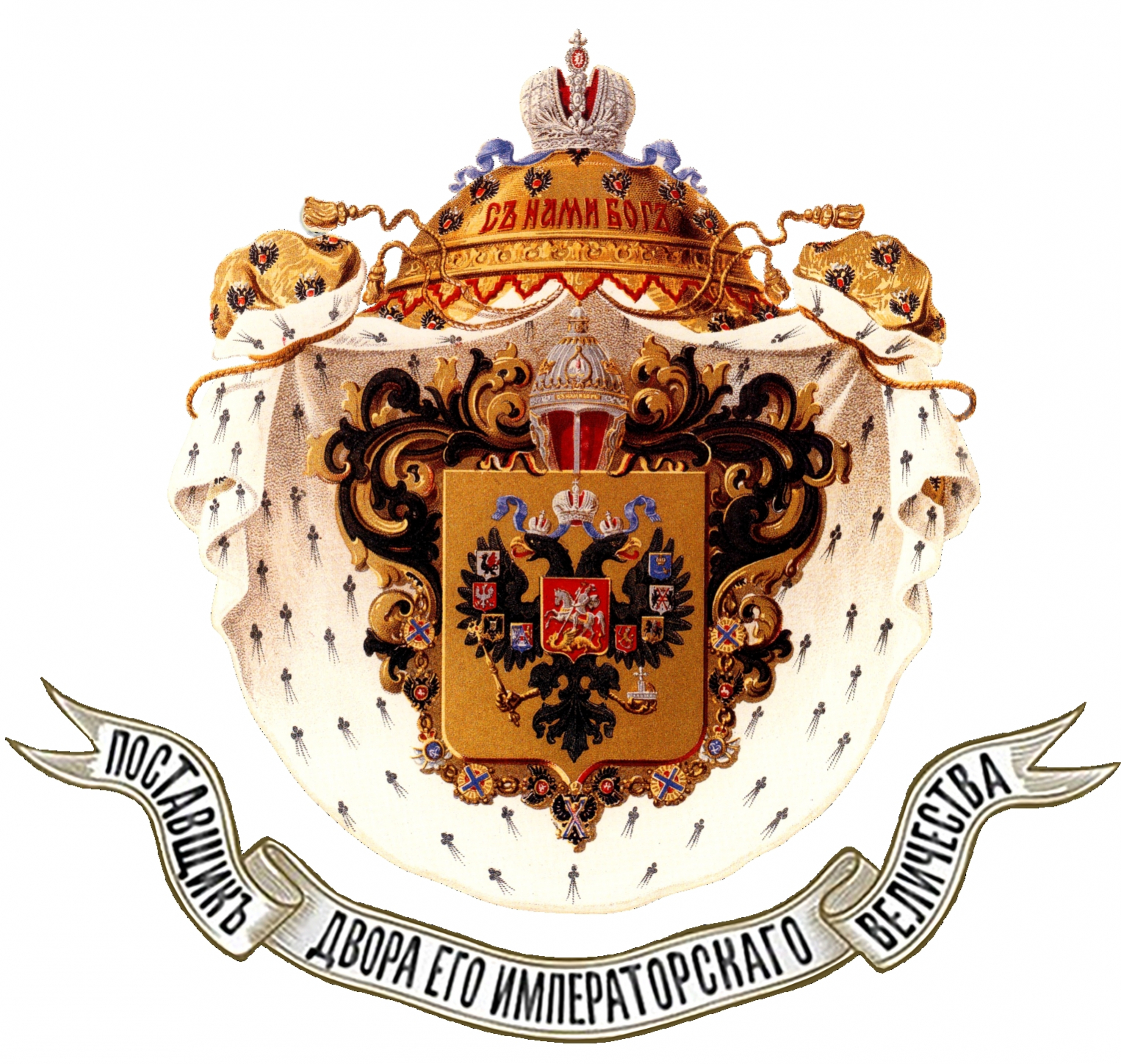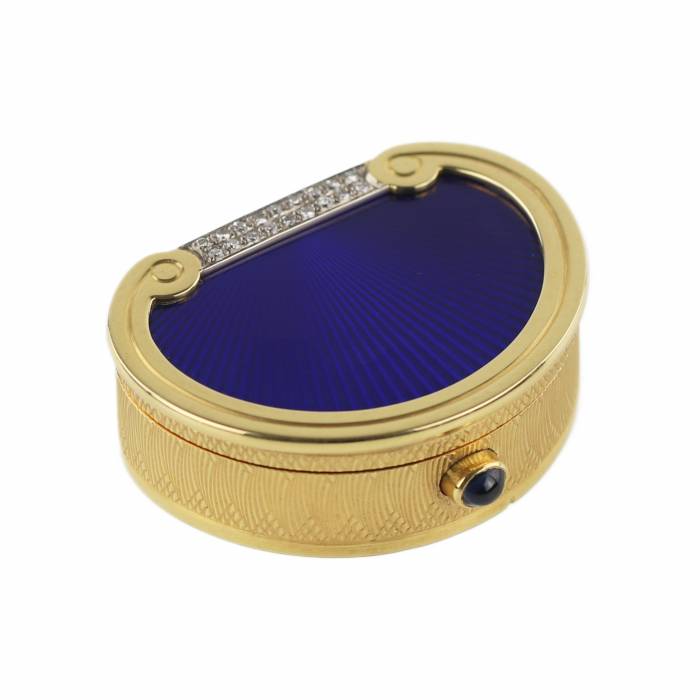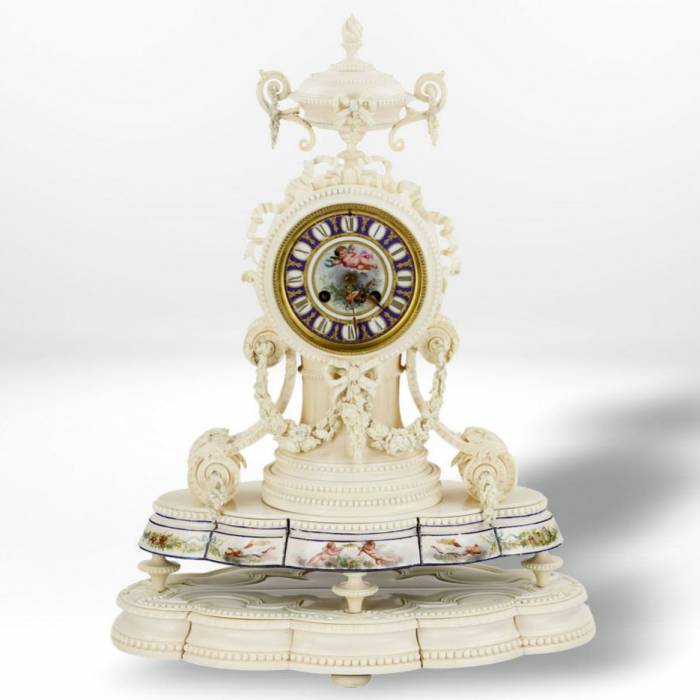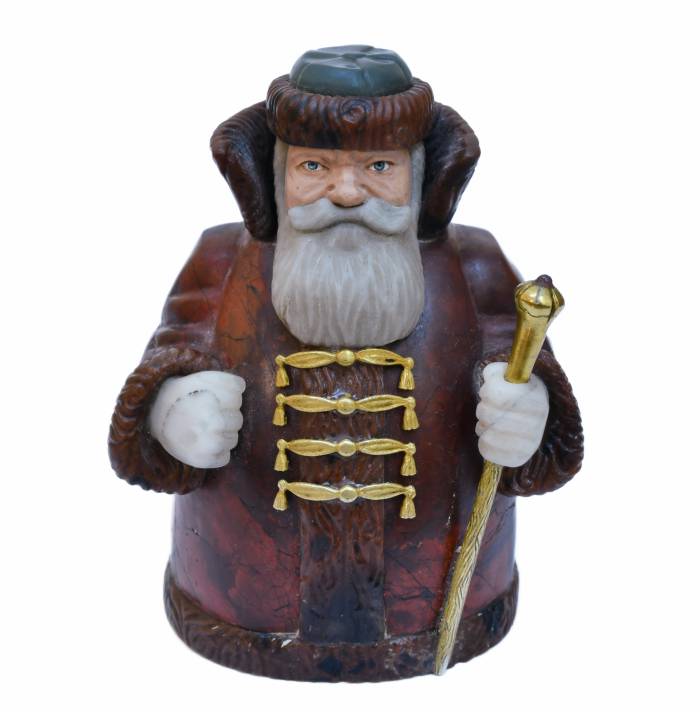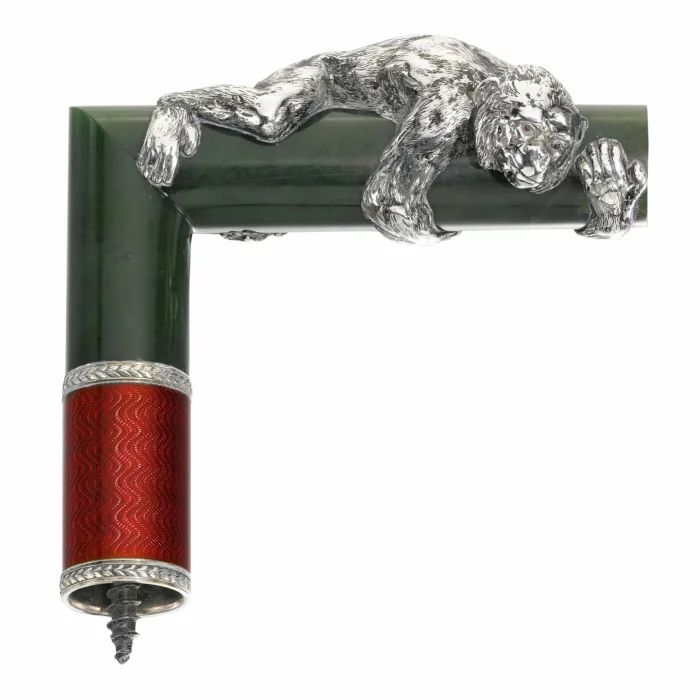This outstanding snuff box, created in 1822 by court jeweller Johann Wilhelm Keibel (1788–1862), is a remarkable example of the highest artistic and technical craftsmanship of St Petersburg during the reigns of Emperors Alexander I and Nicholas I. As an official supplier to the Imperial Court, Keibel’s atelier became renowned for its refined forms, opulent decoration, and immaculate quality.Of rectangular form with rounded corners, the box features at its center a finely executed enamel miniature depicting an idyllic pastoral landscape: mountain peaks, a flowing river, peasants, and architectural structures, all rendered with exceptional detail. The miniature is framed by a raised border of floral garlands, grapevines, and neoclassical motifs, masterfully worked in three-color gold. The harmony of pink, green, and yellow gold enhances the composition’s elegance.The sides and reverse of the box are finely engine-turned within decorative borders, creating rhythmic reflections of light and depth. The interior is mirror-polished.
Marks: Full maker’s mark “KEIBEL” in Latin letters, St Petersburg city mark with date 1822, assayer’s mark “АЯ” (Alexander Ilyich Yashinov), and inventory number “447”.
Dimensions: Length: 10 cm | Width: 4 cm | Height: 1 cmWeight: 125 grams
Provenance: Sotheby’s, 4 June 1998, lot 56
Comparable Museum Examples: Similar works by Keibel are preserved in the permanent collections of the State Hermitage Museum and the Fabergé Museum in St Petersburg, where they are considered masterpieces of Imperial Russian decorative art.
Period:
Early 19th century
Country:
Russia, St. Petersburg
The Keibel workshop was one of the most important jewellery firms of the 19th century, serving the Imperial Court of Russia from 1812 to 1910. Founded by the eminent master Johann Wilhelm Keibel (1788–1862), the workshop became renowned for the exceptional quality of its medals, crowns, orders, and jewellery. Among its best-known creations are the Small Imperial Crown (1826) and the Order of Saint Andrew (1830), which became symbols of Imperial prestige. For his outstanding craftsmanship and contributions to the art of jewellery, Keibel was granted the title of Court Jeweller in 1841, continuing to create exceptional pieces for Russian aristocracy and high-ranking officials.
The item is in exceptional condition, consistent with museum standards. The enamel miniature is perfectly preserved, with no cracks, restorations, or paint loss, retaining full colour depth and artistic detail. The gold surface shows only minimal signs of natural aging, typical for early 19th-century items. The decorative three-colour gold elements are entirely preserved—free of wear or distortion. The guilloché background is crisp, with no interruptions in the pattern. The interior is mirror-polished.All hallmarks are sharp and easily legible, including the signature KEIBEL, the St Petersburg city mark dated 1822, the assay mark АЯ (Alexander Yashinov), and inventory number 447.The piece has not undergone any later modifications or alterations. Fully authentic.


